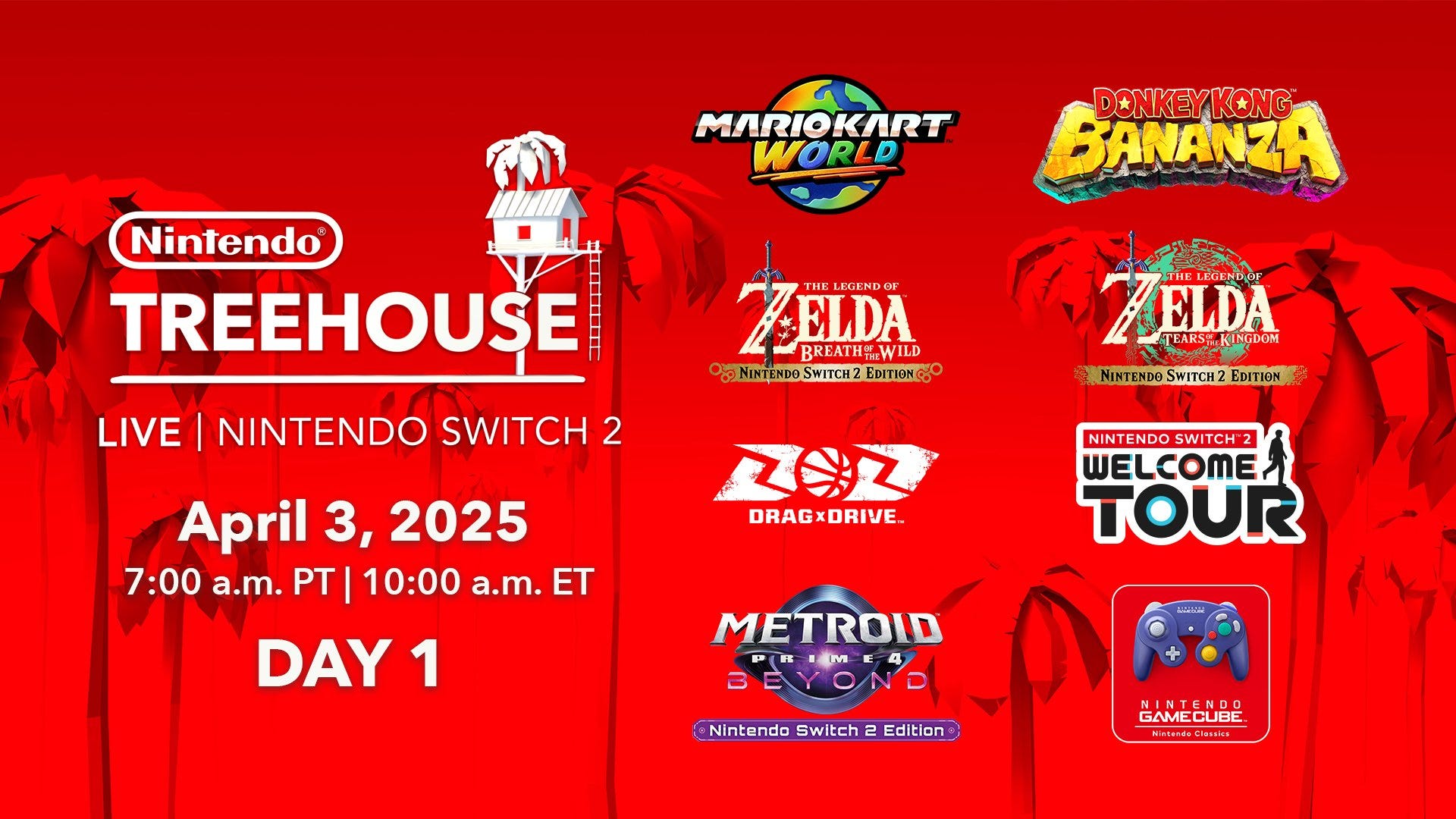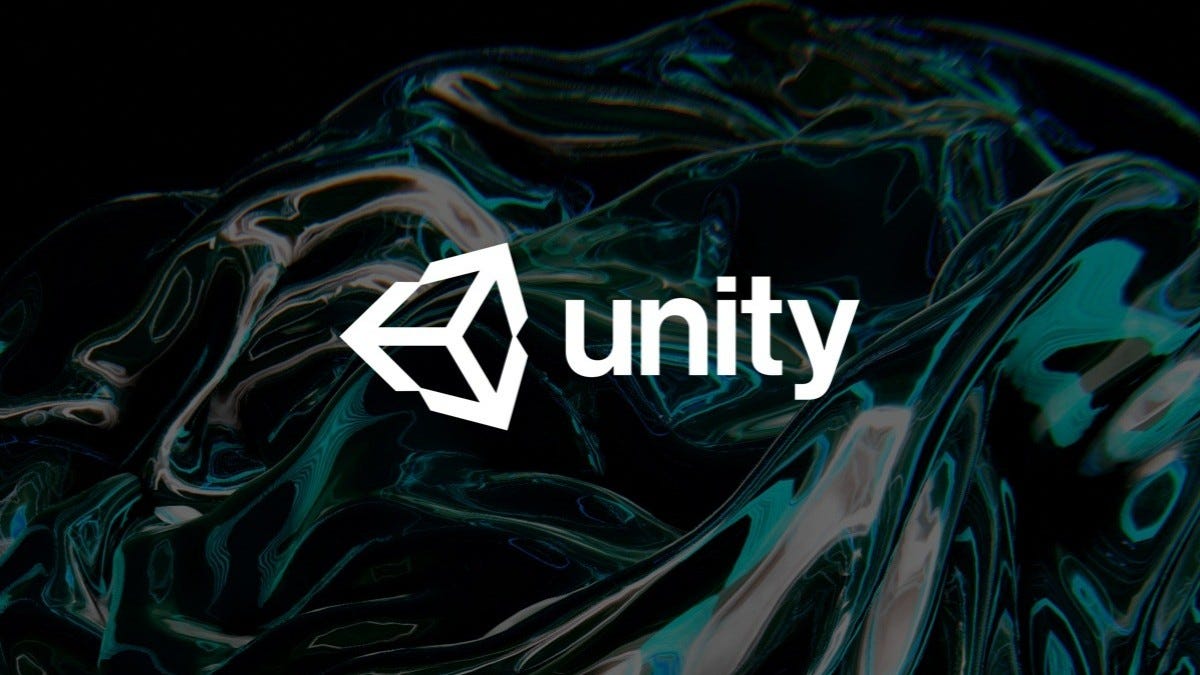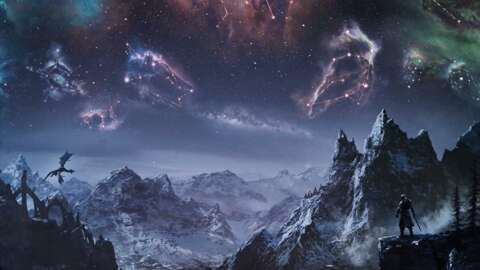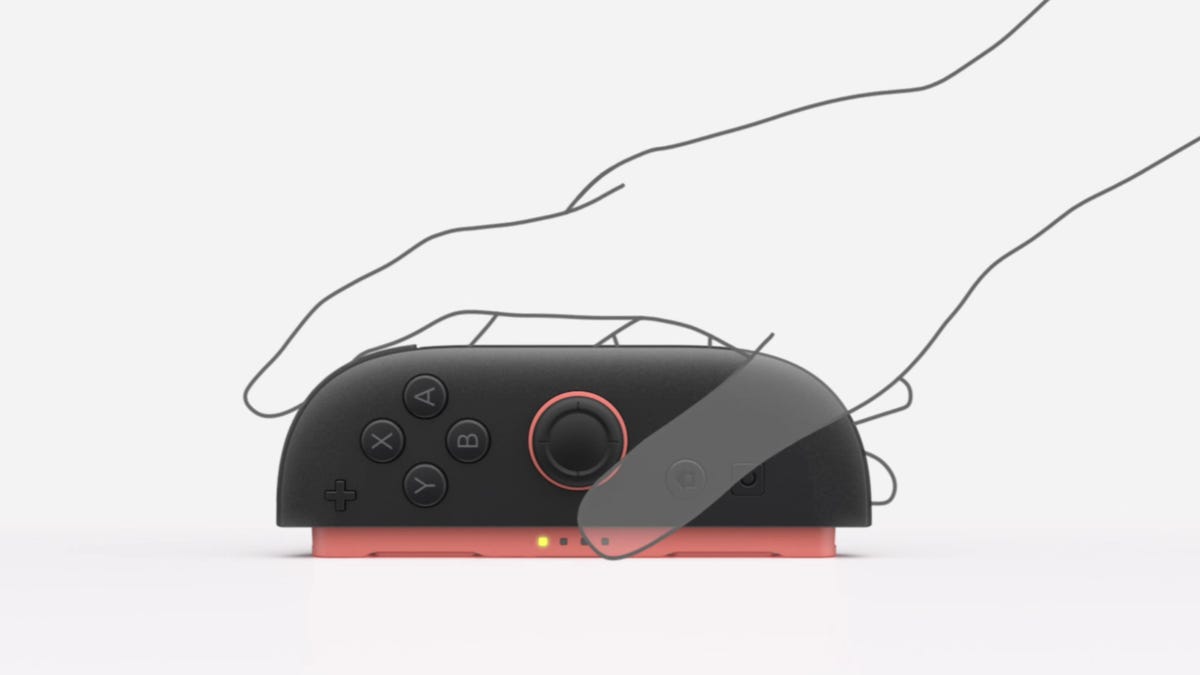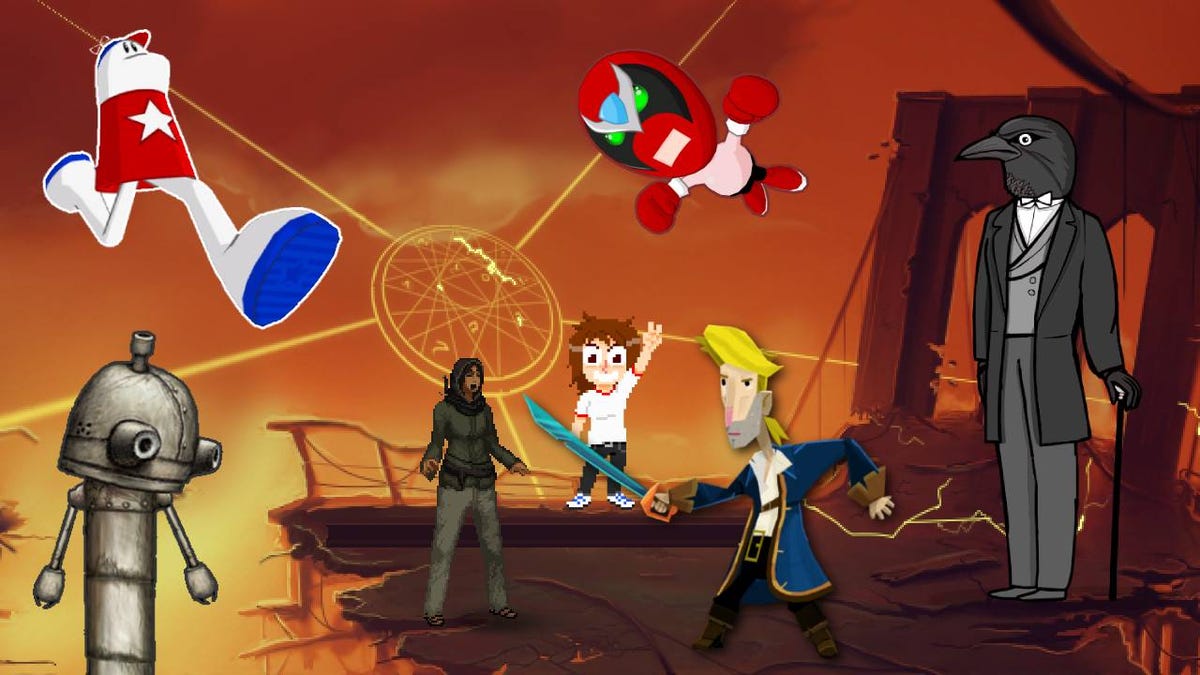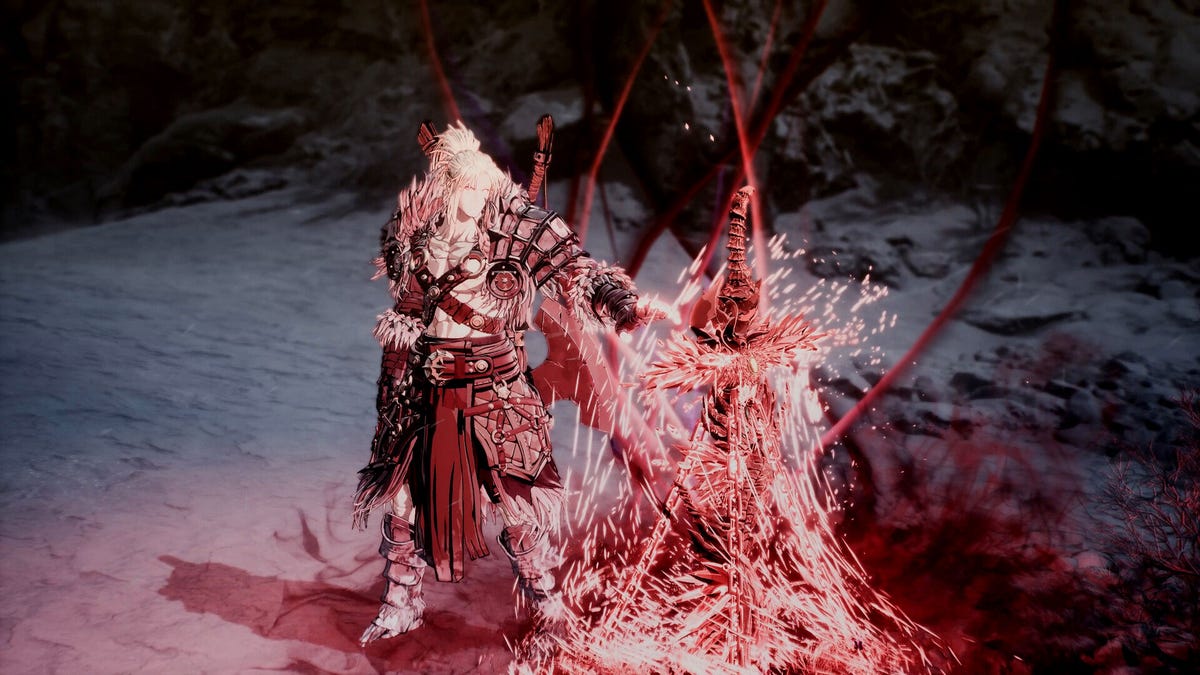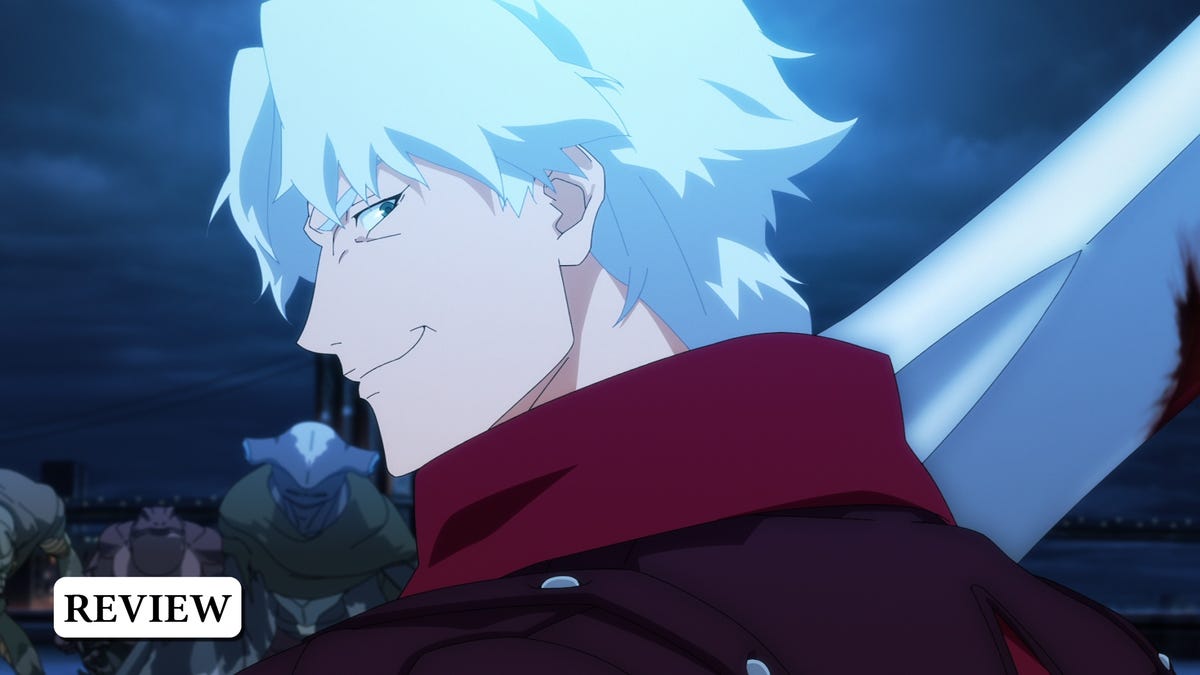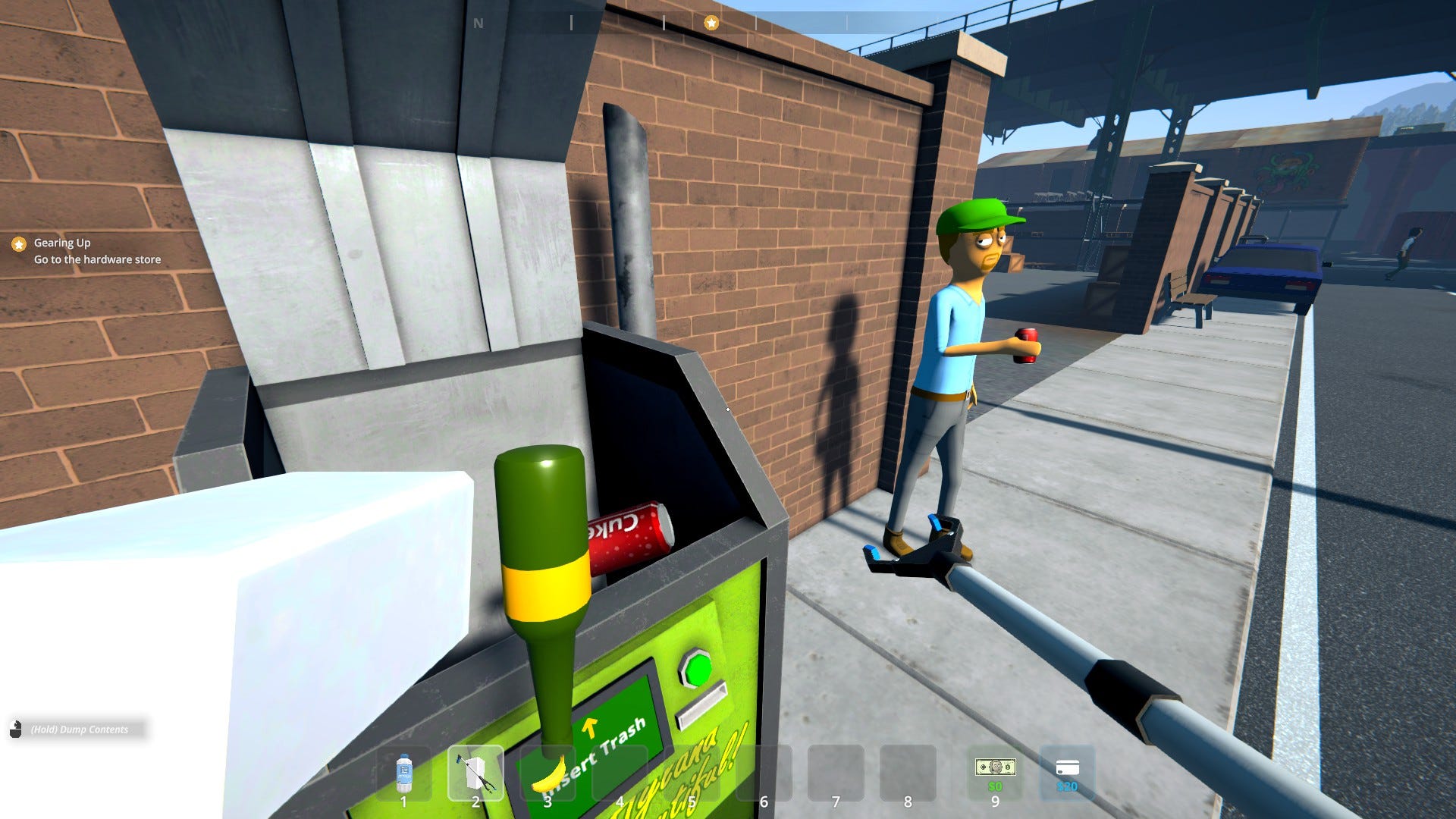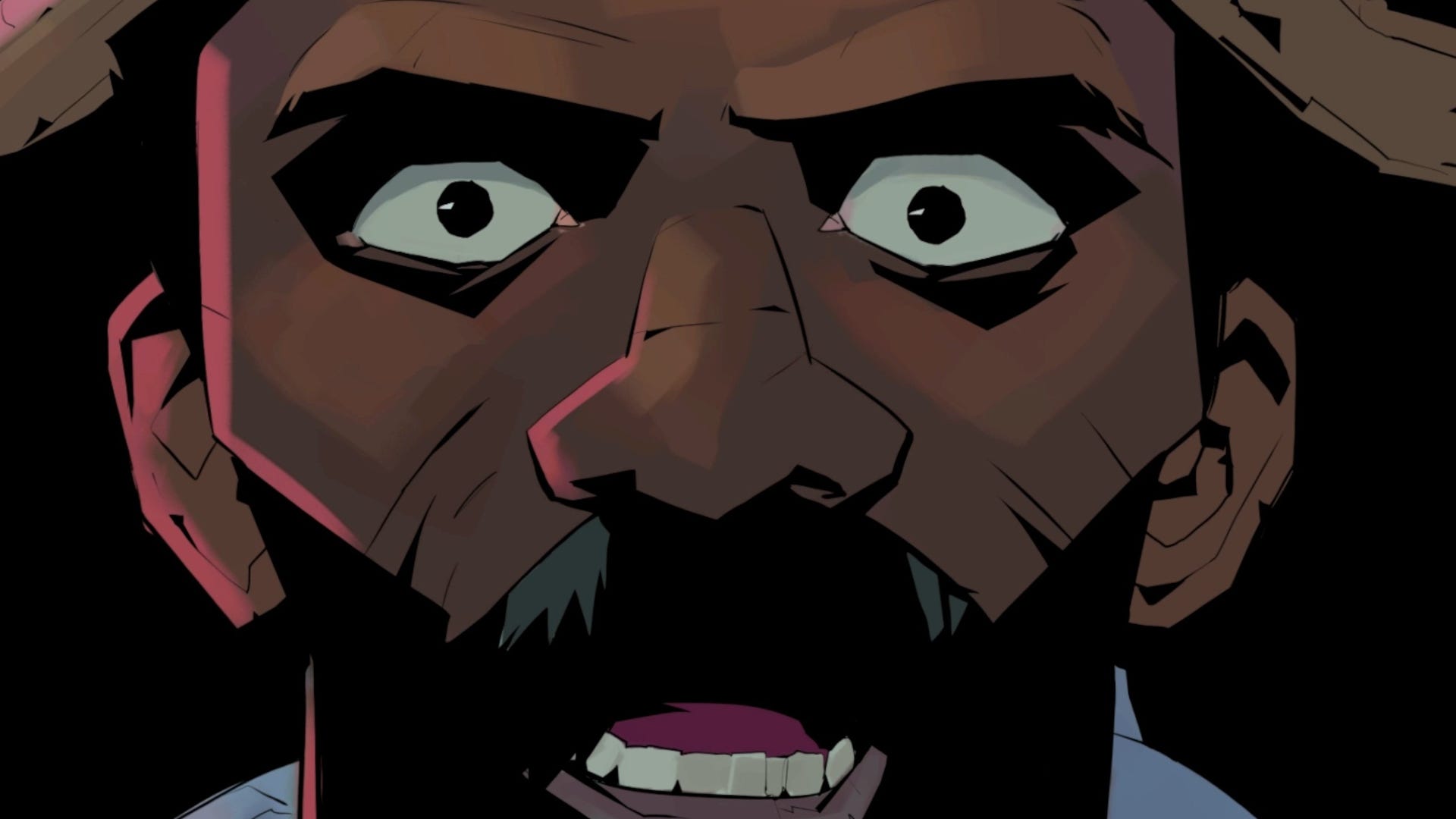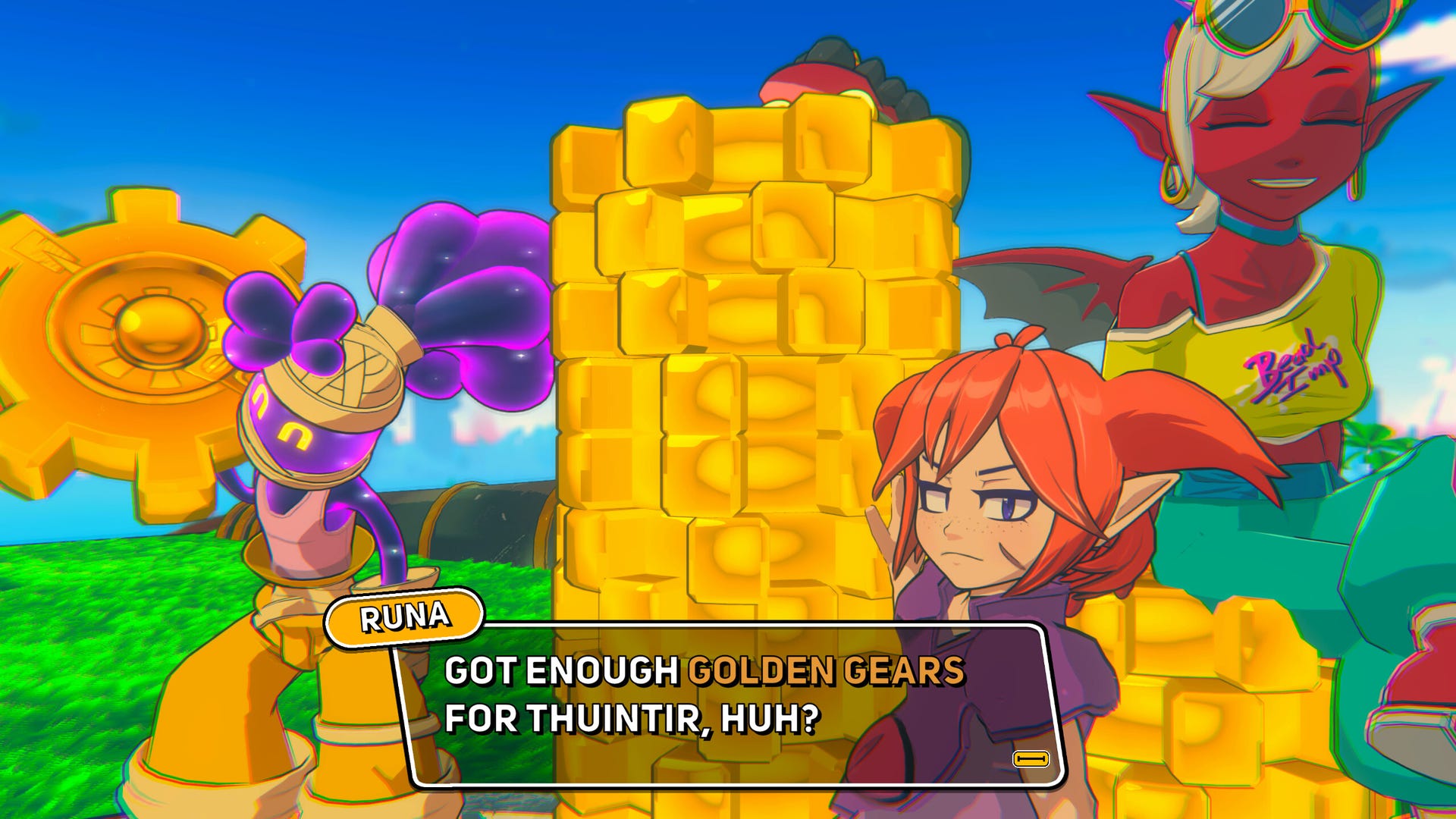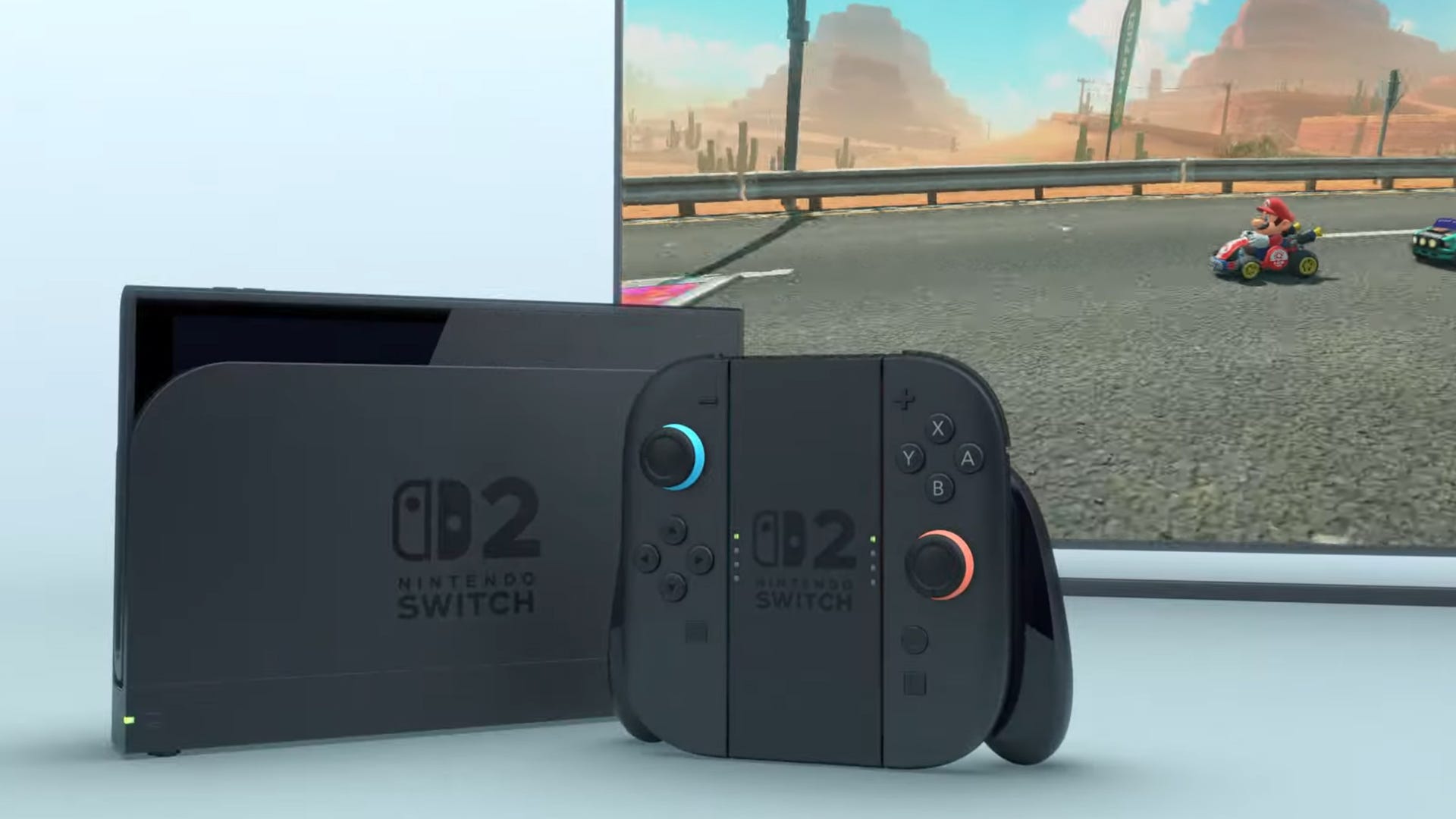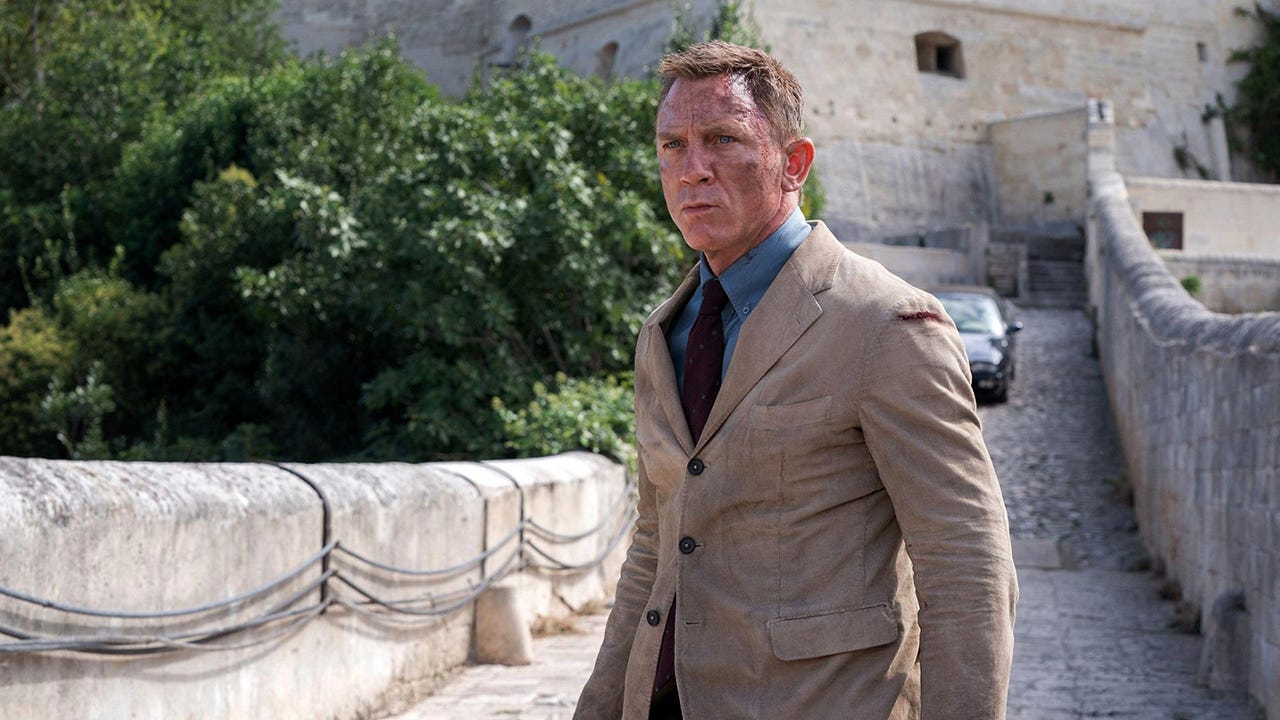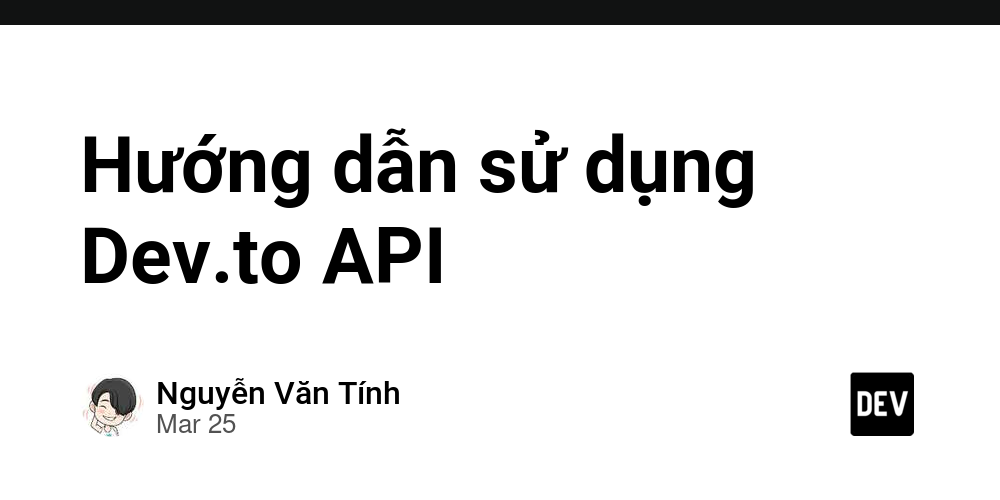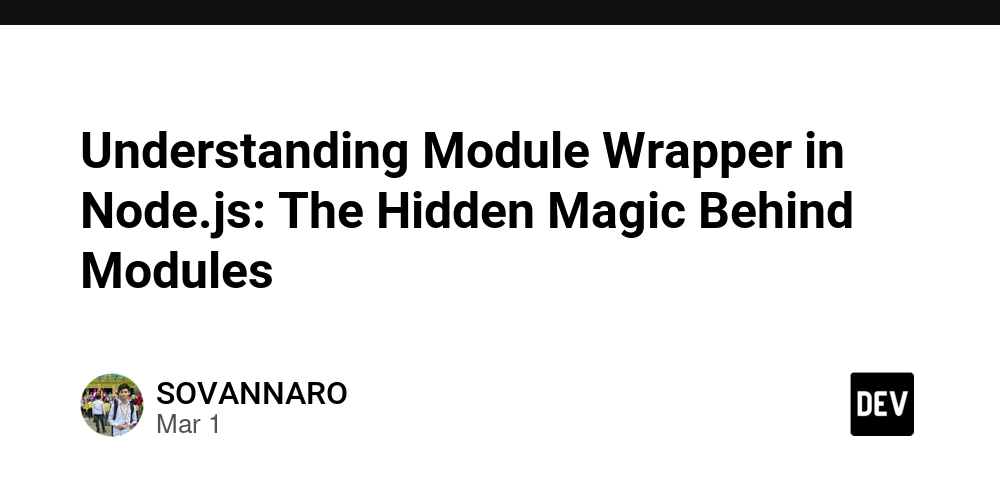Art vs. AI: Why the Creative Industry Needs Special Ethical Treatment
With the image generation feature made accessible in free tier of ChatGPT, the trend of converting photos to Ghibli-styled art has spiked and people from all around the world including politicians, educational institutions, Big Organizations and Celebrities are using this widely. Something about this trend gave me an eerie feeling which made me further explore about how this whole scenario stands as of now. In this article, I’ve written what I found about this trend and a wider perspective of AI in the Creative industry and how I perceive it. Understanding the Studio Ghibli AI Trend What Makes Ghibli Art Distinctive? Studio Ghibli is a studio that is known for its finest quality artistry and film making. Ghibli films are highly rated for its Hand-Drawn aesthetics with precisely detailed backgrounds, making the worlds feel rich and dreamlike. The Ghibli form of art uses warm, earthy tones and pastels that create a soothing and natural aesthetic. Ghibli style of artwork is clearly distinguishable from other forms of art due to its unique combination of hand-drawn textures, detailed natural settings and various other features. Note that though it is distinguishable, the artform itself is not subjected to copyright. Background by shishkova-55 on Wallpapers.com When other artists draw inspirations from Ghibli style of art and produce their own interpretation, it could be considered as a creative inspiration or Fair use unless the studio’s exact work such as the backgrounds, character designs, etc. are not replicated. But when an AI model tries to do the same it is completely different as it brings in a lot of considerations. How AI Models Mimic Ghibli’s Art AI models for image generation are trained by learning the patterns from the existing work that are publicly available. When an AI model is trained with a certain form of art, it is capable of replicating something very close to the original art style. An artist getting inspired from an art style and trying to replicate it is not the same as an AI model replicating it for various reasons. Scale of Production: The Core Issue A main consideration with AI models replicating the art style is the difference in the scale of production. Though the quality of the output is subjective and debatable, the use of AI Tools allows the creation of replicas in large quantities. To add more context to the issue, Studio Ghibli has been in the business for almost 40 years now, but just producing 23 feature films in this long duration. It is a studio which prioritizes achieving highest precision and quality over quantity and put great efforts to achieve it. This motive could be seen in the documentary “10 Years with Hayao Miyazaki”, where Hayao Miyazaki (Co-Founder — Studio Ghibli) talks to one of his animators Eiji Yamamori who took 15 months to complete a 4-second clip in the movie “The Wind Rises”. The strain taken by the animators of Studio Ghibli to achieve pristine perfection in each and every frame is unimaginable. // Detect dark theme var iframe = document.getElementById('tweet-1904965670414200922-5'); if (document.body.className.includes('dark-theme')) { iframe.src = "https://platform.twitter.com/embed/Tweet.html?id=1904965670414200922&theme=dark" } Ethical and Cultural Implications When a studio takes such efforts to preserve their standards, with the sudden wave of AI-generated Ghibli-styled art, people are able to generate replicas that closely resemble Ghibli art form. Though the quality of the output is subjective and debatable, the use of AI Tools has paved the way for creation of such high resemblance portraits in large quantities. The fact that an artform which takes a lot of time and effort to be created with such craftsmanship and perfection, can now be created in just a few seconds and in large volumes is quite scary. This scenario raises the concerning possibility that the value of authentic work is depreciating as it becomes increasingly common and familiar to the people. Additionally, the fact that Studio Ghibli and its founding members has strongly voiced against AI replication of art work in the past is disturbing to know. Previously, in an interview, Miyazaki Hayao had called AI-generated animation an “insult to life itself.” We can strongly say that although the artform itself isn’t copyrighted, the motive behind this trend is to create something that closely mimics the distinctive Ghibli style. While it remains unconfirmed, there is a possibility that the AI models have been trained on Ghibli’s work too, to learn its unique patterns. If that’s the case, proper consent should have been obtained from the studio or at least some form of compensation should’ve been provided to the original artists. This very lack of transparency is what sparks an even larger debate, which we will explore in this article. My Personal Concerns with this AI Trend Honestly, I get
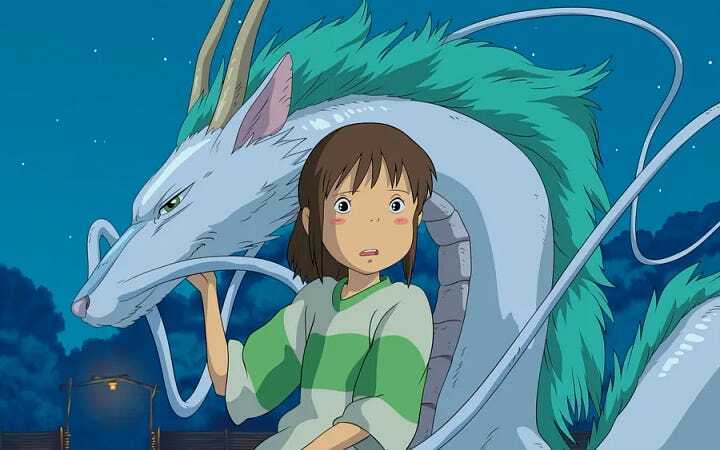
With the image generation feature made accessible in free tier of ChatGPT, the trend of converting photos to Ghibli-styled art has spiked and people from all around the world including politicians, educational institutions, Big Organizations and Celebrities are using this widely. Something about this trend gave me an eerie feeling which made me further explore about how this whole scenario stands as of now. In this article, I’ve written what I found about this trend and a wider perspective of AI in the Creative industry and how I perceive it.
Understanding the Studio Ghibli AI Trend
What Makes Ghibli Art Distinctive?
Studio Ghibli is a studio that is known for its finest quality artistry and film making. Ghibli films are highly rated for its Hand-Drawn aesthetics with precisely detailed backgrounds, making the worlds feel rich and dreamlike. The Ghibli form of art uses warm, earthy tones and pastels that create a soothing and natural aesthetic. Ghibli style of artwork is clearly distinguishable from other forms of art due to its unique combination of hand-drawn textures, detailed natural settings and various other features. Note that though it is distinguishable, the artform itself is not subjected to copyright.
Background by shishkova-55 on Wallpapers.com
When other artists draw inspirations from Ghibli style of art and produce their own interpretation, it could be considered as a creative inspiration or Fair use unless the studio’s exact work such as the backgrounds, character designs, etc. are not replicated. But when an AI model tries to do the same it is completely different as it brings in a lot of considerations.
How AI Models Mimic Ghibli’s Art
AI models for image generation are trained by learning the patterns from the existing work that are publicly available. When an AI model is trained with a certain form of art, it is capable of replicating something very close to the original art style. An artist getting inspired from an art style and trying to replicate it is not the same as an AI model replicating it for various reasons.
Scale of Production: The Core Issue
A main consideration with AI models replicating the art style is the difference in the scale of production. Though the quality of the output is subjective and debatable, the use of AI Tools allows the creation of replicas in large quantities.
To add more context to the issue, Studio Ghibli has been in the business for almost 40 years now, but just producing 23 feature films in this long duration. It is a studio which prioritizes achieving highest precision and quality over quantity and put great efforts to achieve it. This motive could be seen in the documentary “10 Years with Hayao Miyazaki”, where Hayao Miyazaki (Co-Founder — Studio Ghibli) talks to one of his animators Eiji Yamamori who took 15 months to complete a 4-second clip in the movie “The Wind Rises”. The strain taken by the animators of Studio Ghibli to achieve pristine perfection in each and every frame is unimaginable.
// Detect dark theme var iframe = document.getElementById('tweet-1904965670414200922-5'); if (document.body.className.includes('dark-theme')) { iframe.src = "https://platform.twitter.com/embed/Tweet.html?id=1904965670414200922&theme=dark" }
Ethical and Cultural Implications
When a studio takes such efforts to preserve their standards, with the sudden wave of AI-generated Ghibli-styled art, people are able to generate replicas that closely resemble Ghibli art form. Though the quality of the output is subjective and debatable, the use of AI Tools has paved the way for creation of such high resemblance portraits in large quantities. The fact that an artform which takes a lot of time and effort to be created with such craftsmanship and perfection, can now be created in just a few seconds and in large volumes is quite scary.
This scenario raises the concerning possibility that the value of authentic work is depreciating as it becomes increasingly common and familiar to the people. Additionally, the fact that Studio Ghibli and its founding members has strongly voiced against AI replication of art work in the past is disturbing to know. Previously, in an interview, Miyazaki Hayao had called AI-generated animation an “insult to life itself.”
We can strongly say that although the artform itself isn’t copyrighted, the motive behind this trend is to create something that closely mimics the distinctive Ghibli style. While it remains unconfirmed, there is a possibility that the AI models have been trained on Ghibli’s work too, to learn its unique patterns. If that’s the case, proper consent should have been obtained from the studio or at least some form of compensation should’ve been provided to the original artists. This very lack of transparency is what sparks an even larger debate, which we will explore in this article.
My Personal Concerns with this AI Trend
Honestly, I get why regular people might jump onto trends like turning their selfies into Studio Ghibli-style animations — it’s just casual fun on social media. But I find it genuinely uncomfortable when high-profile political leaders or official government accounts start posting this stuff. For example, when the Government of India posted several Ghibli-styled pictures of the Prime Minister or when the official White House account shared a Ghibli-inspired illustration of an undocumented migrant and alleged drug offender crying during her arrest this March — it just didn’t feel right. Something about official bodies participating in this trend comes off as insensitive and inappropriate.
To put this differently, lots of people casually use pirated software at home, but when it comes to professional environments, we all expect strict adherence to ethical guidelines and licensed software. So similarly, seeing big brands like Amul, Wendy’s, Zomato, Morris Garages India, casually jump onto these questionable social media trends is unsettling. They’re expected to set professional standards, not blur ethical lines or risk appearing unprofessional by following casual internet trends without proper judgment.
// Detect dark theme var iframe = document.getElementById('tweet-1905332049021415862-103'); if (document.body.className.includes('dark-theme')) { iframe.src = "https://platform.twitter.com/embed/Tweet.html?id=1905332049021415862&theme=dark" }
Many artists advocate for strict regulations to ensure that AI image generators do not replicate a specific art style too closely, preventing the creation of outputs that closely resemble authentic works such as the current trend of AI-generated Ghibli-style art. For example, Polish painter Greg Rutkowski, whose fantasy art style became a popular prompt for AI, said, “People are pretending to be me… I’m very concerned about it; it seems unethical.” after discovering many AI-generated images online having striking resemblance with his work.
Distinguishing AI Usage: Service Industry vs Creative Industry
I explored numerous resources to understand what the industry experts of each industry feel about this sudden disruption due to the rapid development of Artificial Intelligence technology. I was able to group them into two based on the response nature — Creative Industry and Service Industry.
Service Industry (Healthcare, IT, Manufacturing):
The primary motive of this industry is improving human life quality, providing essential services or creating convenience and efficiency. For example, healthcare focuses on improving disease treatment and overall well-being, IT develops innovative solutions to everyday challenges, making life more convenient and connected, and manufacturing ensures the efficient production of essential goods while enhancing workplace safety and accessibility.
The introduction of AI and automation in these industries, if it improves the efficiency, reliability, quality, accuracy and productivity, it ultimately boosts attaining the primary intention of these industries.
Creative/Artistic Industry (Art, Music, Film, Writing):
The primary motive of Art is expressing human emotions, creativity and individuality. The art forms such as films, music, painting, etc. carry human feelings, experience, ideologies and are deeply intertwined with life. Unlike the service industry, the artistic industry focuses more on quality, emotional expression and authenticity.
The complete reliance on AI to generate art undermines its fundamental meaning, raising ethical and emotional dilemmas. AI in art must therefore be thoughtfully regulated, and the AI tools should complement but not replace human creativity, respecting ethical principles like consent, transparency, and authenticity.
The Blurring Line: A Growing Concern
Artists and people panic when the thin line between authentic work and AI-generated work fades away, and distinguishing between them gets harder and harder with the rapid development of Artificial Intelligence.
How AI Could Assist
But this whole situation has another perspective to it. AI tools allow individuals without formal training in an art form to express their emotions and ideas in ways that would have been impossible otherwise. These tools enable users to create within various artistic mediums, potentially transforming the industry by making creative expression more accessible. For instance, someone with no knowledge of playing musical instruments can use AI to compose a piece of music that conveys their emotions.
While the quality and depth of their creation may be subjective, AI empowers them to contribute and share their artistic vision. Even the people who are well trained in the art form could utilize such tools to push creative boundaries, enhance their work, and elevate their artistry to new heights.
Technological Transitions in Art
New innovations will definitely cause such disruptions initially and it has been this way all along the history.
For example, with the introduction of photographic cameras for commercial use — Daguerre camera in the year 1839, portraits which were usually painted by artists till then, started to be clicked by cameras. People preferred cameras as it captured reality with much more accuracy and it was also much more convenient, as it just took 30 minutes to complete the capture, compared to the long time to paint the portrait. This moment had two outcomes:
- The artists who failed to adopt or accept this transition lost a source of income.
- This actually encouraged many artists to try out new painting techniques.
They started producing art that depicted individual perception rather than universal one. Instead of striving for exact realism, many chose to capture the essence of their subjects, their moods, emotions and inner perceptions. This shift laid the base for the movements like Impressionism, Fauvism, Cubism.
Vincent Van Gogh’s Starry Night is a prime example for this transformation from Realism to Subjectivity. Rather than depicting the night sky as it appeared, Van Gogh infused it with swirling pattern, vivid colors, and emotional depth. He painted “what he felt instead of what he saw”, and the predominant usage of yellow colour in some of his paintings are mapped with his medical condition of “yellow vision” (xanthopsia).
Artist’s concerns:
- Lack of Transparency: Training AI models using their work without consent or appropriate credit is unethical. The lack of transparency on the data used for model training is strongly condemned.
- Clear Disclosure of AI-Generated Content: The line between real content and AI-generated content is slowly fading, creating panic amongst creators and consumers. Clear disclosure of the content’s nature is required.
- Mandatory Watermarking: Watermarking AI-generated work would ensure that the value for authentic work is being preserved.
- Replaced by AI Generators: Skilled illustrators might be replaced by AI generators due to their convenience and affordability.
- Respect for artists’ intellectual rights and emotional investment by:
- Consent before training on their work.
- Compensation or proper credit attribution.
Framework for Ethical Integration of AI in Art
1. Transparency & Labelling:
Audience must know what they consume and should be able to clearly distinguish between completely authentic work, AI-assisted art and AI-generated. This could be achieved by having immutable labels or watermarks on AI-involved contents. This helps to build trust among people and gain wide acceptance, promoting smooth transition.
2. Consent, Credit & Licensing:
AI models are trained by analysing the patterns of someone's creative work and the existing data available. This must be performed with proper permission and consent from the creator. This can be achieved by having opt-in mechanisms where the artists can choose to license their artwork for AI training purpose for a fee/royalty/credits. If an AI artwork heavily emulates a particular artist's style (Van Gogh, Ghibli studios), it should be explicitly mentioned in the description, title or metadata.
Licensing frameworks such as Collective Licensing can be developed for AI training datasets to ensure the creators whose works fuel the AI models get due credit or money.
3. Legal Protections & Policy Refinements:
The copyright laws must be refined and state that using works that are copyrighted or considered as intellectual property, to train AI models without authorization or necessary permissions from the creator is Infringement. Few laws such as the personality rights laws are adapting by making it illegal to use/replicate someone’s face/voice via AI without consent.
The European Union’s AI Act mandates transparency and accountability measures for AI-generated content in any commercial setting, and introduction of such stringent measures and the successful implementation of the same will ease out the transition process.
4. Ethical Guidelines & Industry Standards:
Professional organizations and various institutions are drafting codes of conduct for AI use.The NAEA, in its position statement, advises the art educators to treat uncredited AI-generated imagery as a form of plagiarism. Many educational institutions state that the use of AI in academic work without proper attribution will be considered as plagiarism.
To prevent an infinite loop of AI feeding on AI, few companies have introduced features where content generated using AI comes with a “Do Not Train” tag. Usage of such tags could be standardized, and people who do not want their content or work to be used for model training could opt in to use this tag along with their work.
5. Regulatory Bodies
Establishing regulatory bodies to oversee and monitor AI usage in the art landscape could help build trust and alleviate concerns, ensuring a more transparent and ethical integration of AI in creative fields. Regulatory bodies such as FDA — Food and Pharmaceuticals, Federal Communication Commissions — Communication, ensure proper oversight and standards in their respective fields.
Similarly, implementing a certification and labelling system for artworks such as “Human-Made,” “Co-Created with AI,” “AI-Generated,” or “AI-Inspired” will help enhance transparency and trust. A well-defined framework for this process would help both the artists and the consumers navigate the evolving creative landscape with confidence.
Conclusion: My Perspective
I can resonate with the perspective of many artists who argue that the artistic field should remain exclusively human, without AI involvement, as they believe it undermines the very essence of art. But I also believe that such technological shifts are inevitable. Rather than resisting them, we should focus on facilitating a smooth transition by establishing proper frameworks and guidelines to protect artists’ creative rights. This includes creating regulatory bodies to uphold authenticity, transparency, and ethical standards while ensuring that creators receive due credit for their work.
Considering the past trends across the history, every new technology, initially seen as disruptive or a threat to traditional art forms, was ultimately embraced rather than stopped. The same will likely happen with AI in art — it brings its own advantages, and instead of attempting to halt its progress, we should learn how to integrate it in a way that preserves artistic integrity.
Broader Ethical and Environmental Challenges of AI
The widespread adoption of powerful AI image-generation technologies has raised serious ethical and practical concerns. A particularly pressing issue is the ease with which individuals can produce deceptively realistic fraudulent documents, such as falsified invoices or certificates, complete with precise details and authentic appearances. These artificially generated documents can easily circumvent initial verification checks, posing significant risks in financial, legal, and administrative contexts.
To address these emerging threats, researchers worldwide are diligently exploring advanced watermarking methods and reliable detection mechanisms aimed at accurately identifying AI-generated content. The overarching objective remains preventing scenarios in which public trust in digital evidence could severely erode due to rampant and indistinguishable AI-generated falsifications.
Additionally, the rapid growth in AI-generated media underscores profound environmental concerns related to computational resource consumption. OpenAI CEO Sam Altman’s recent tweet humorously noted that the viral Studio Ghibli-inspired image trend significantly stressed their computing infrastructure. More concretely, recent analyses highlight the extensive resource footprint of current AI models; for instance, generating a single 100-word email using ChatGPT (powered by GPT-4) reportedly consumes approximately 519 millilitres of water — equivalent to one standard bottled water.
Moreover, training GPT-3 at a Microsoft data centre reportedly utilized nearly 700,000 litres of water, exemplifying the massive resource implications behind advanced AI systems. These figures clearly illustrate that AI technologies, far from operating by mere digital magic, require considerable real-world resources, thus necessitating a more conscientious approach to their deployment and management.
_Anthony_Brown_Alamy.jpg?#)
_Hanna_Kuprevich_Alamy.jpg?#)





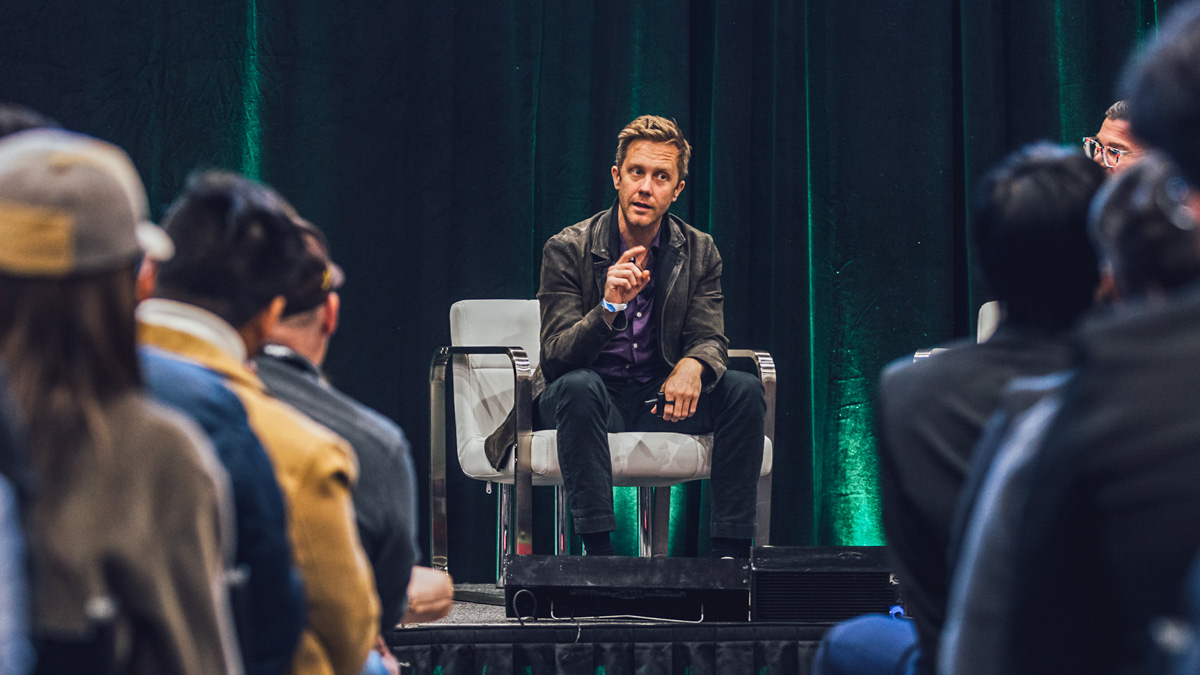












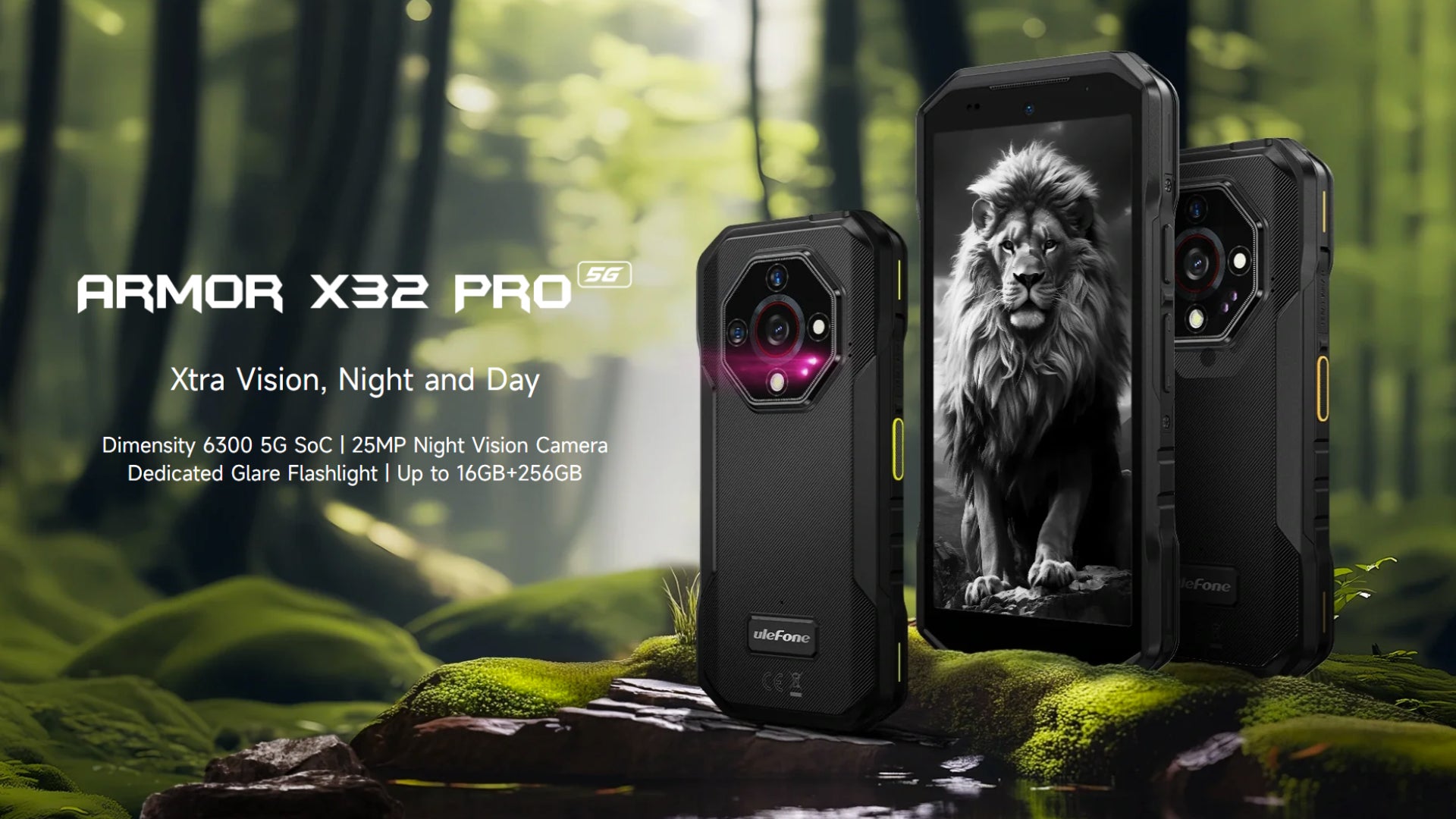

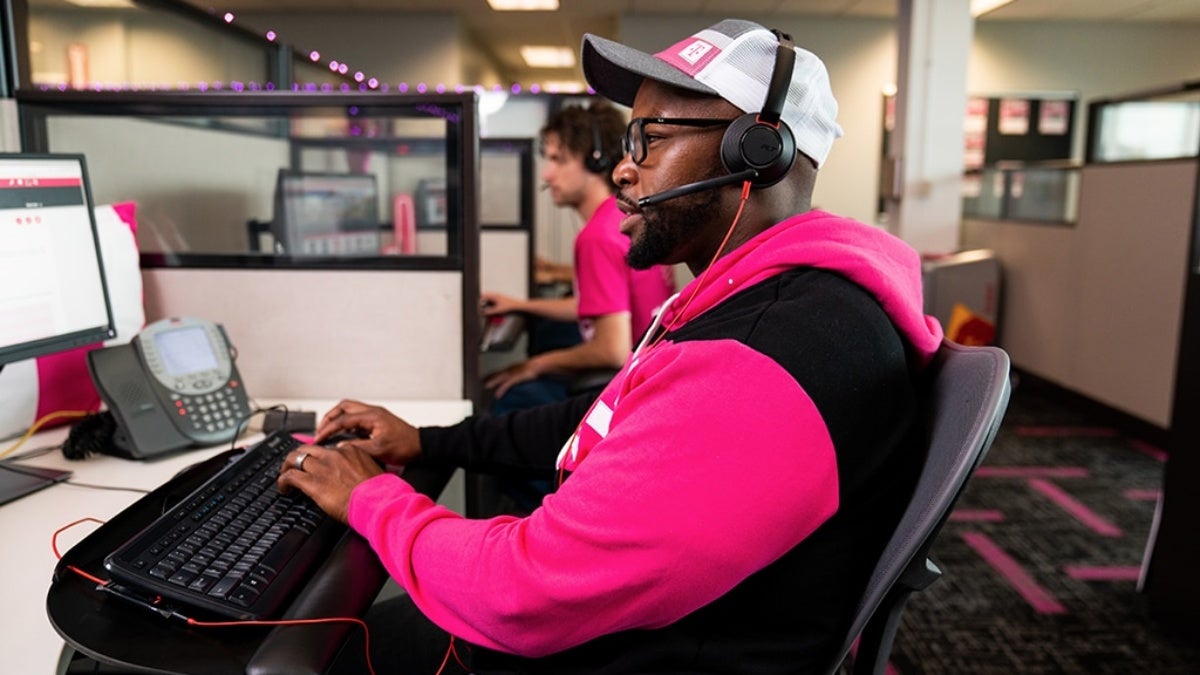





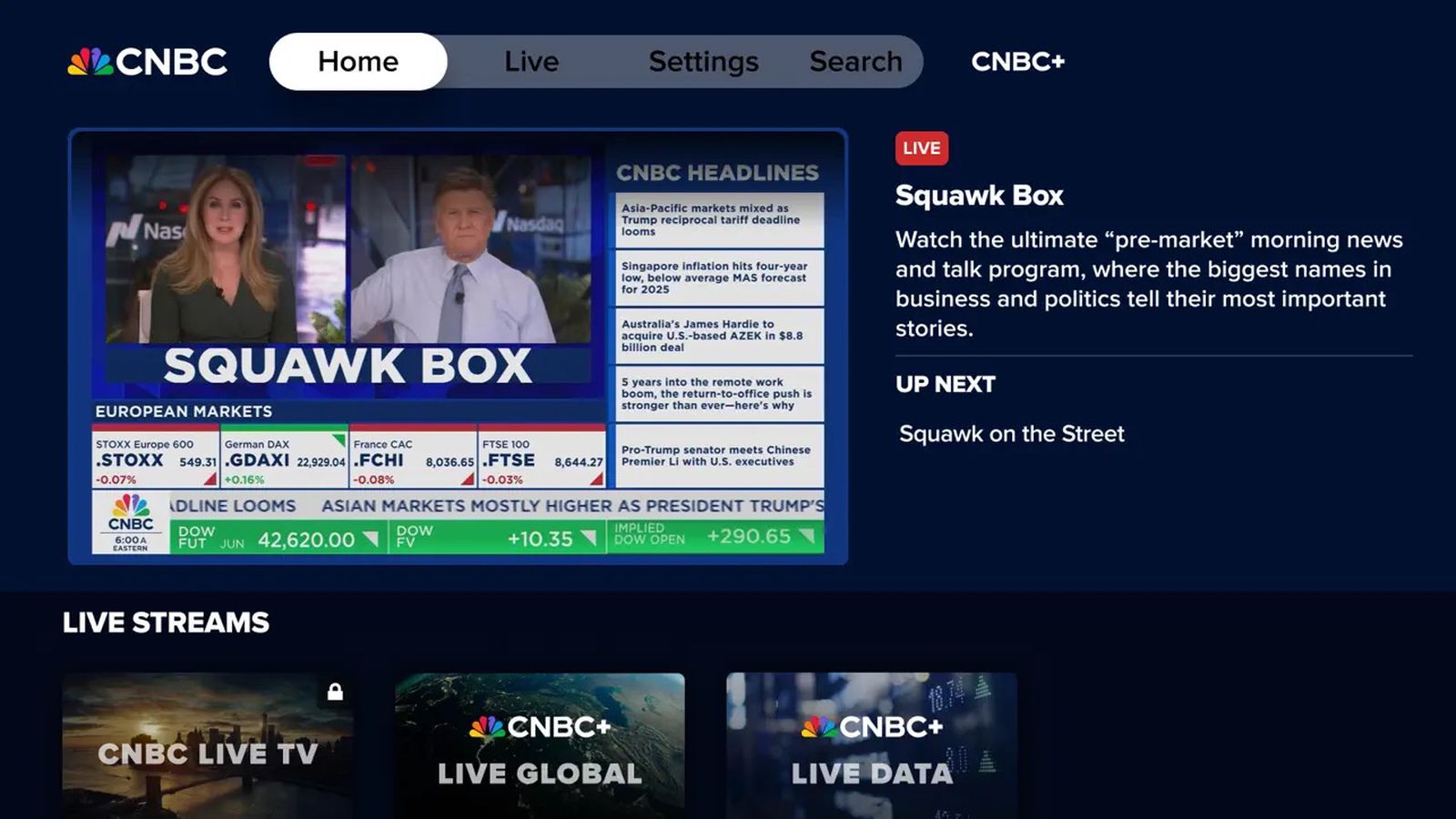
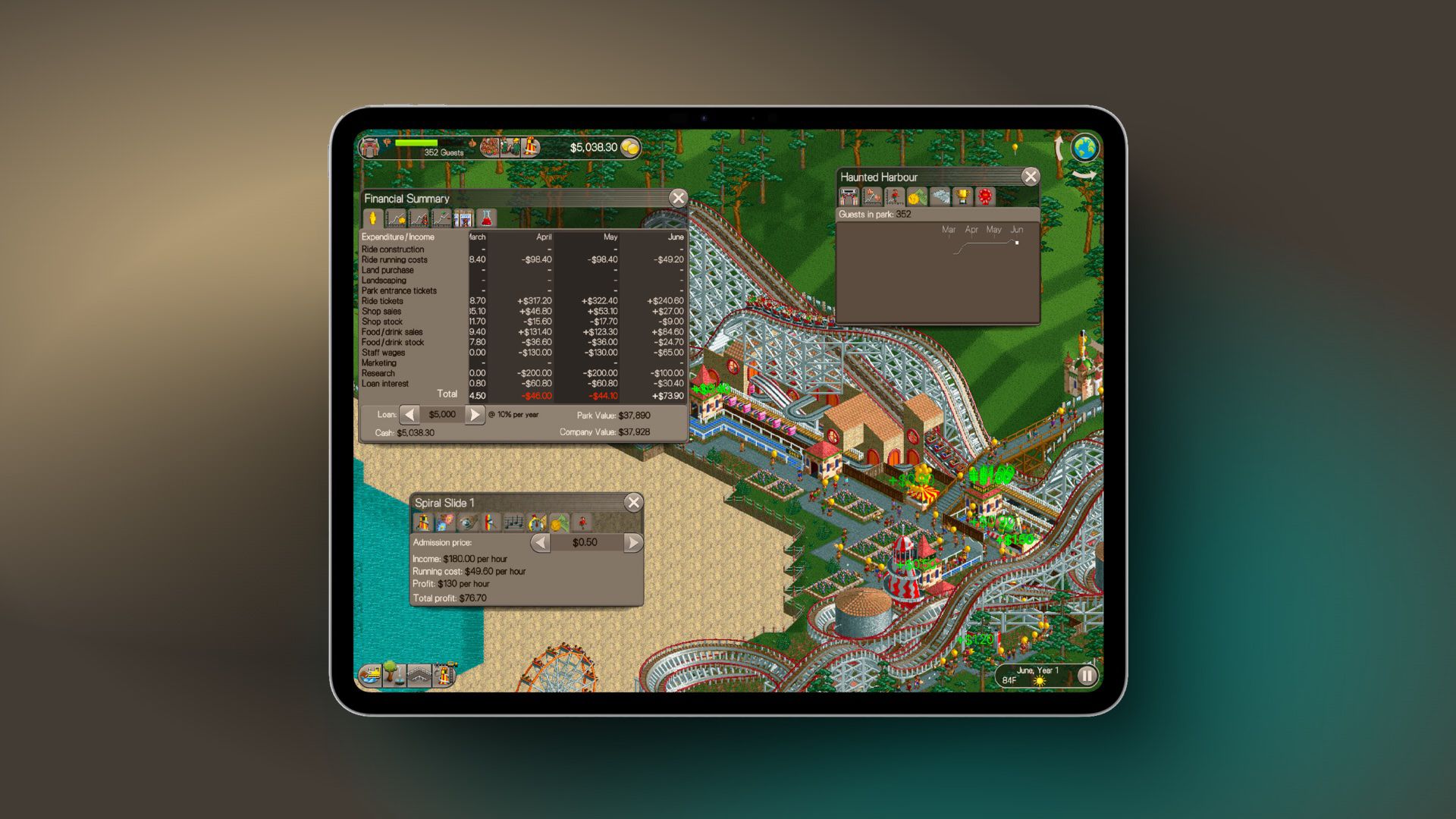
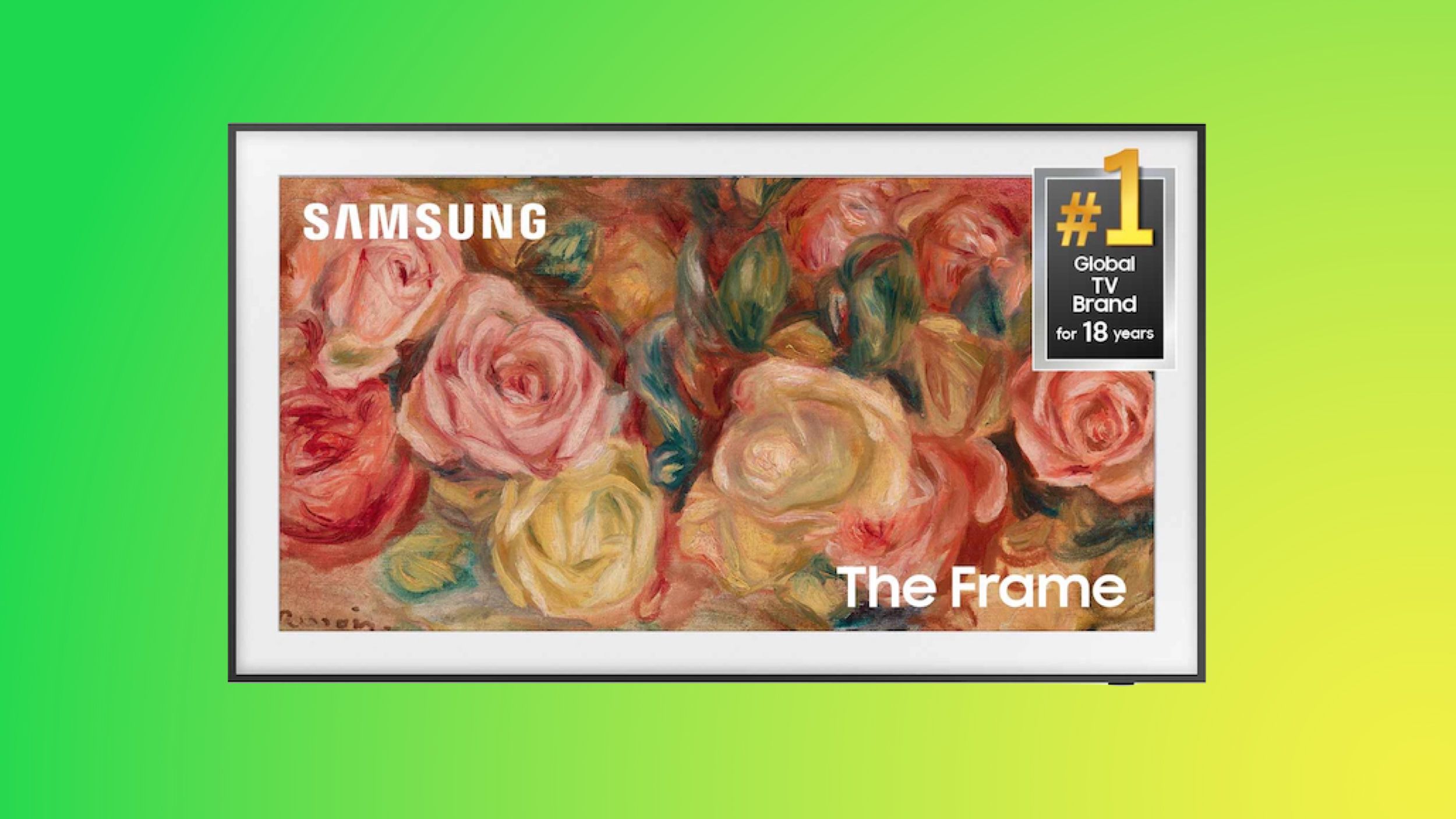



















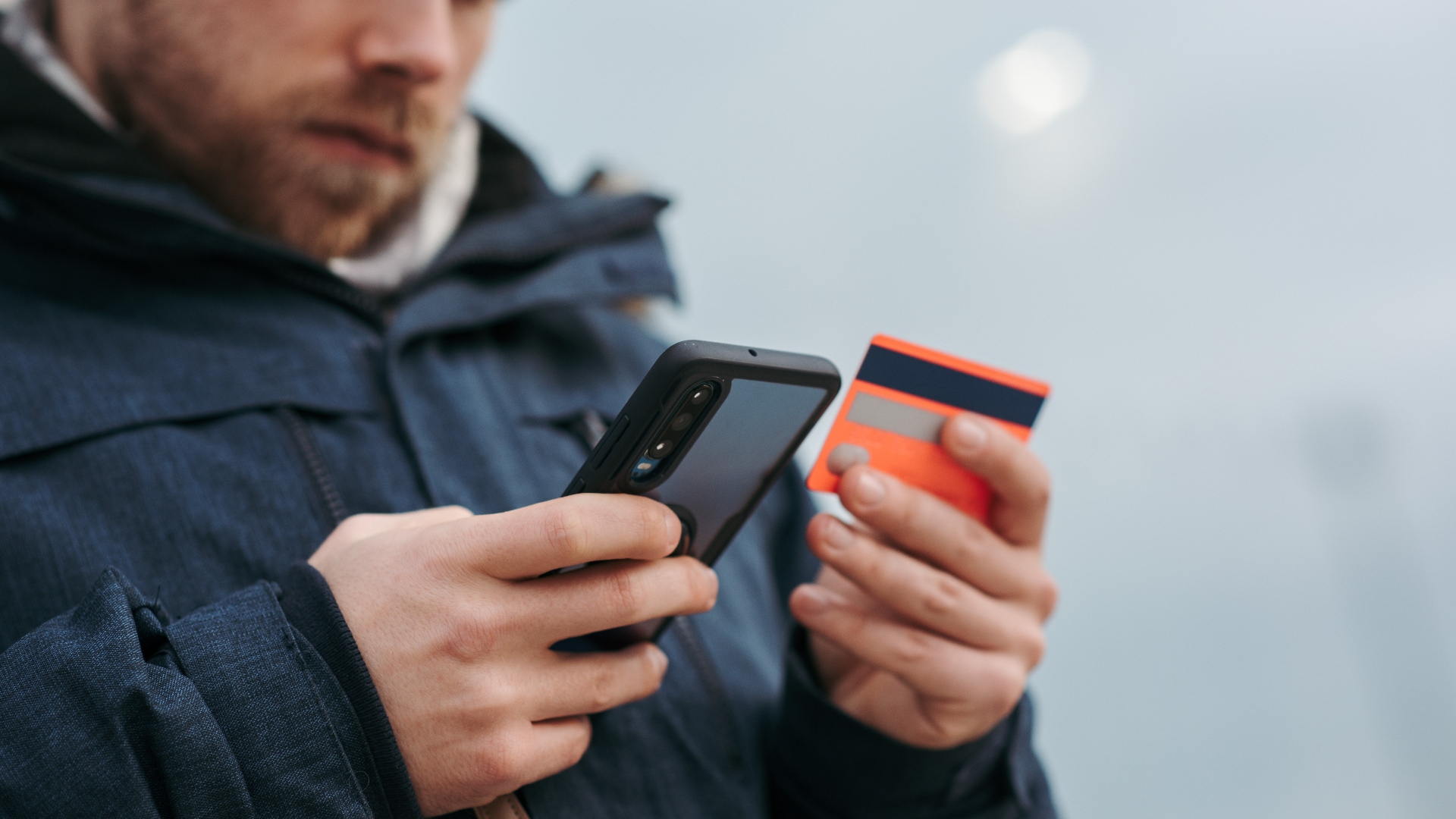
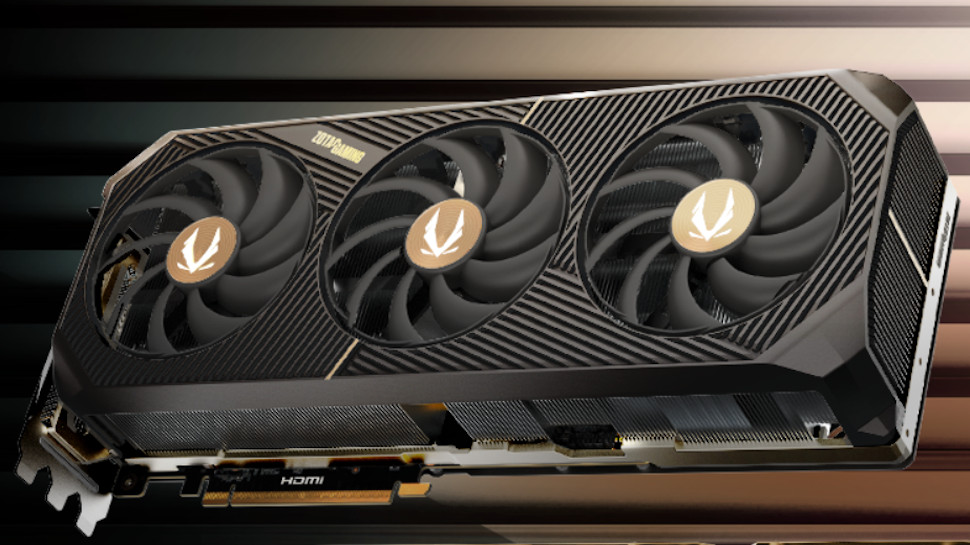
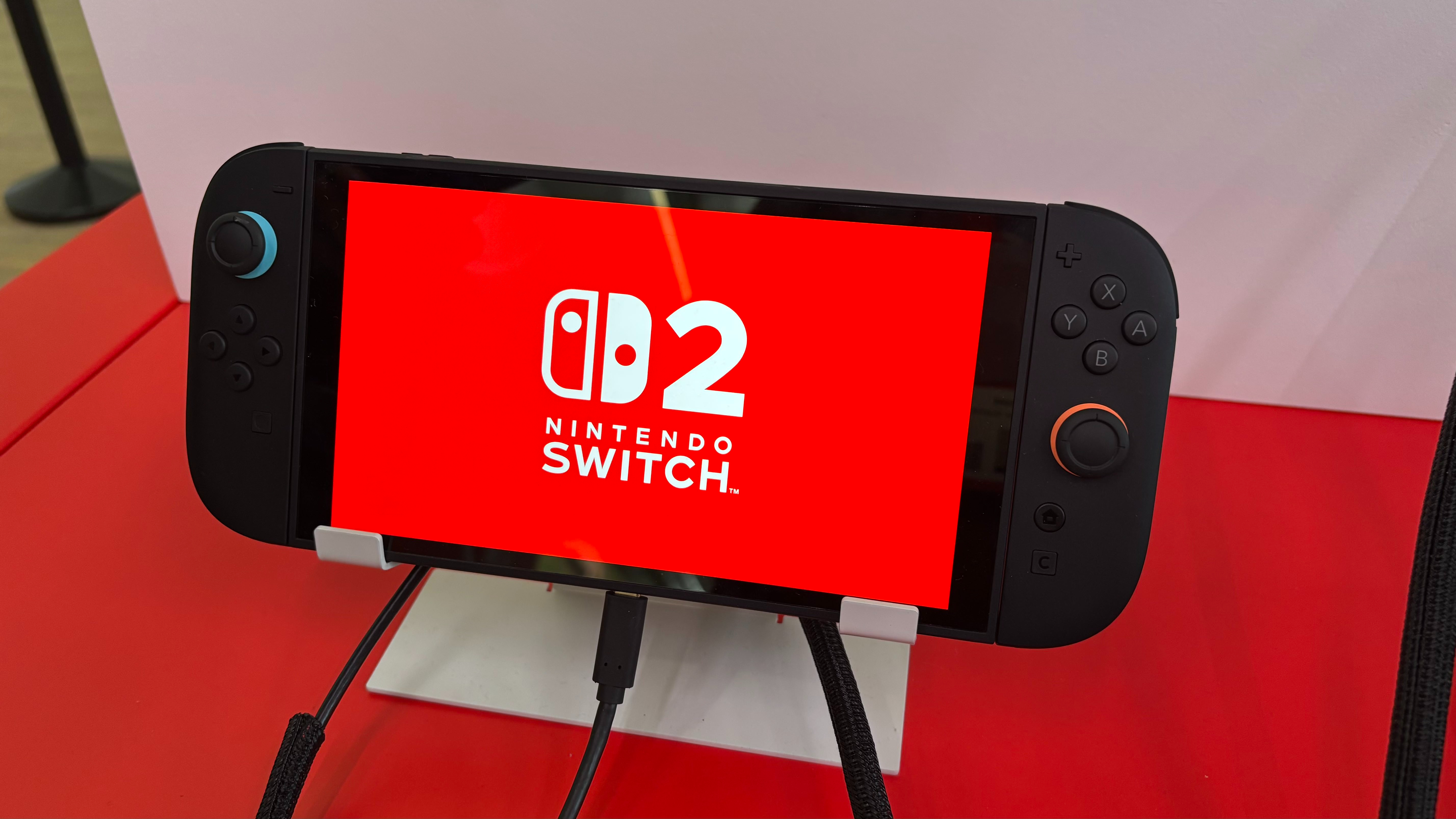
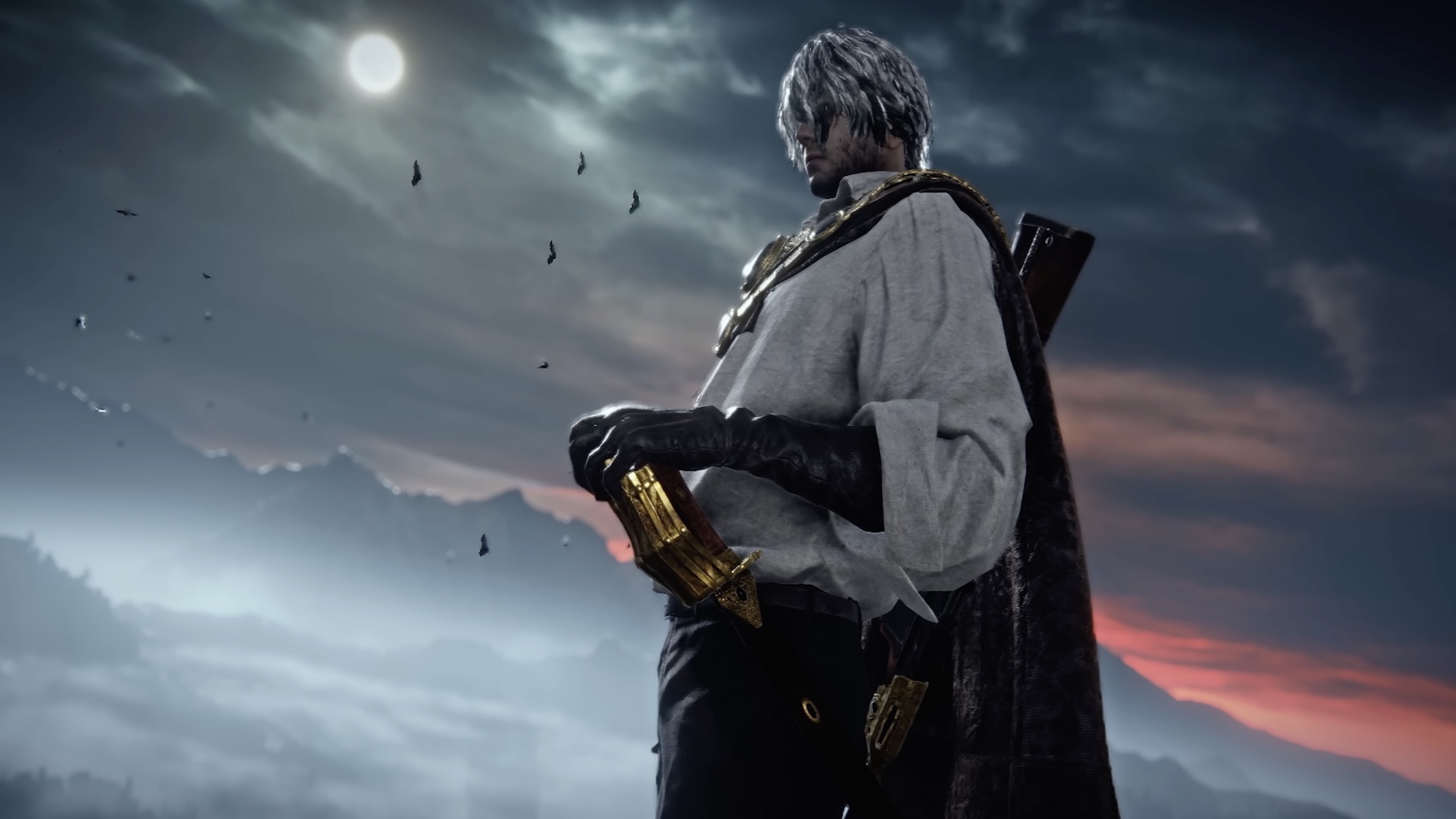

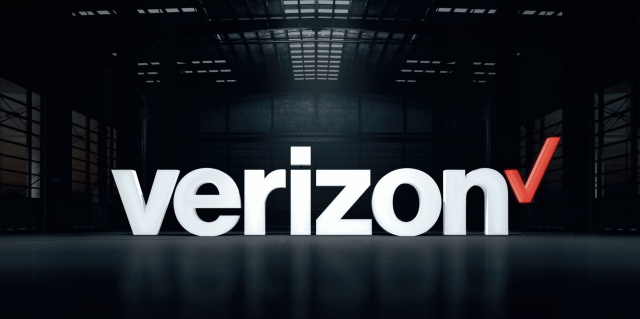









![Apple Releases macOS Sequoia 15.5 Beta to Developers [Download]](https://www.iclarified.com/images/news/96915/96915/96915-640.jpg)
![Amazon Makes Last-Minute Bid for TikTok [Report]](https://www.iclarified.com/images/news/96917/96917/96917-640.jpg)
![Apple Releases iOS 18.5 Beta and iPadOS 18.5 Beta [Download]](https://www.iclarified.com/images/news/96907/96907/96907-640.jpg)



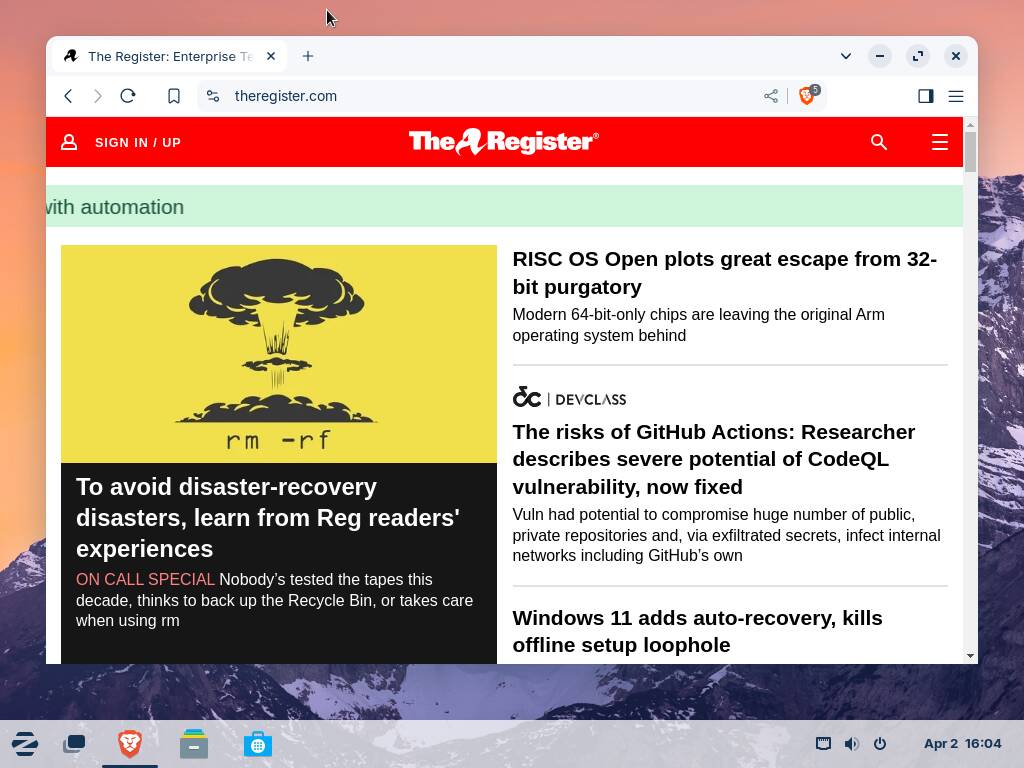














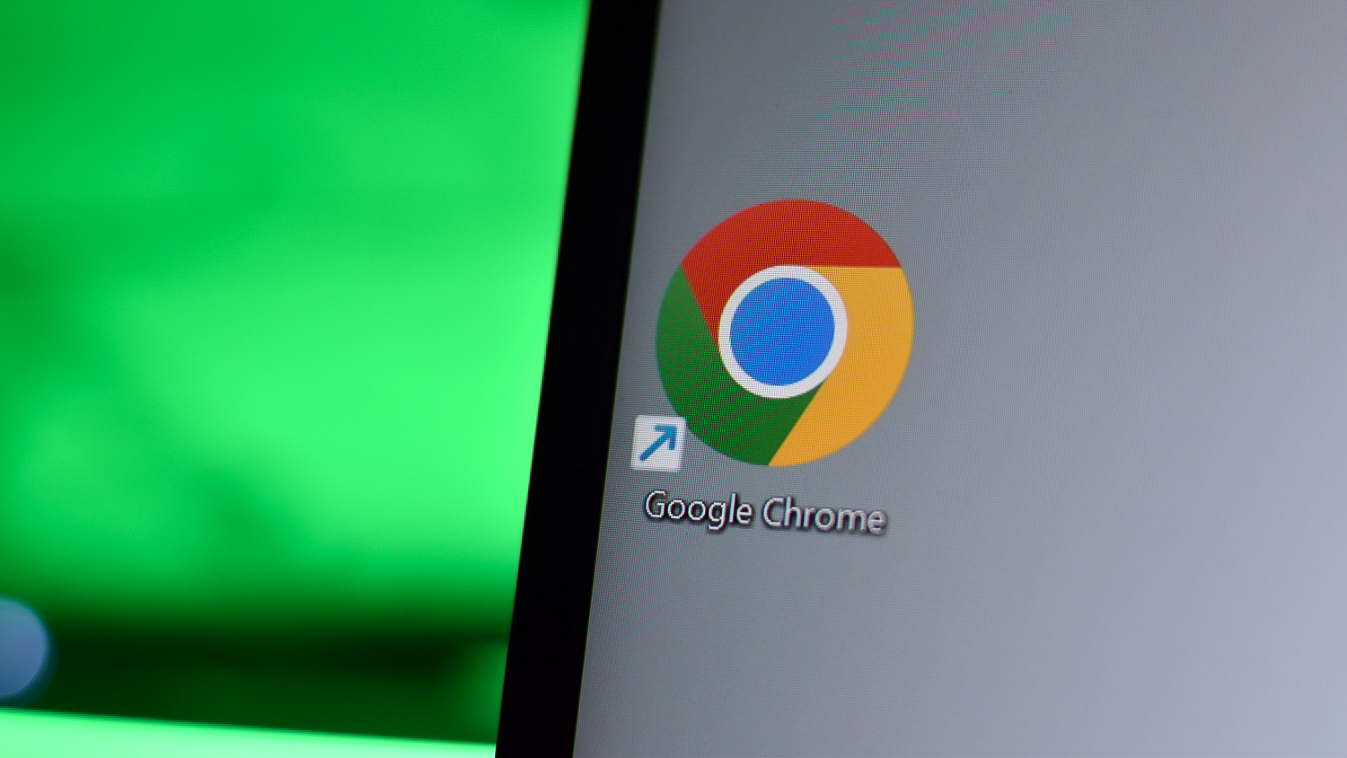
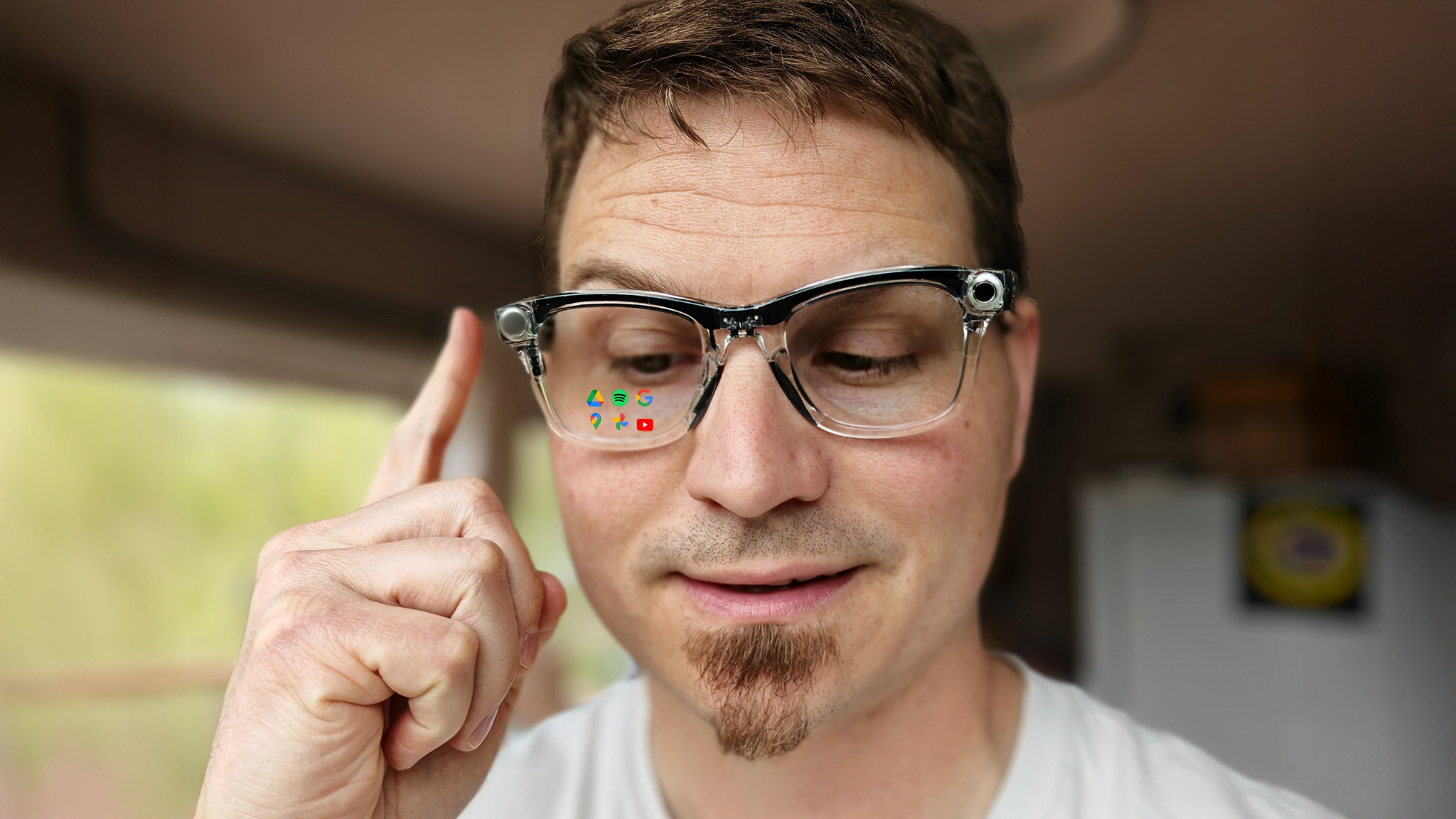
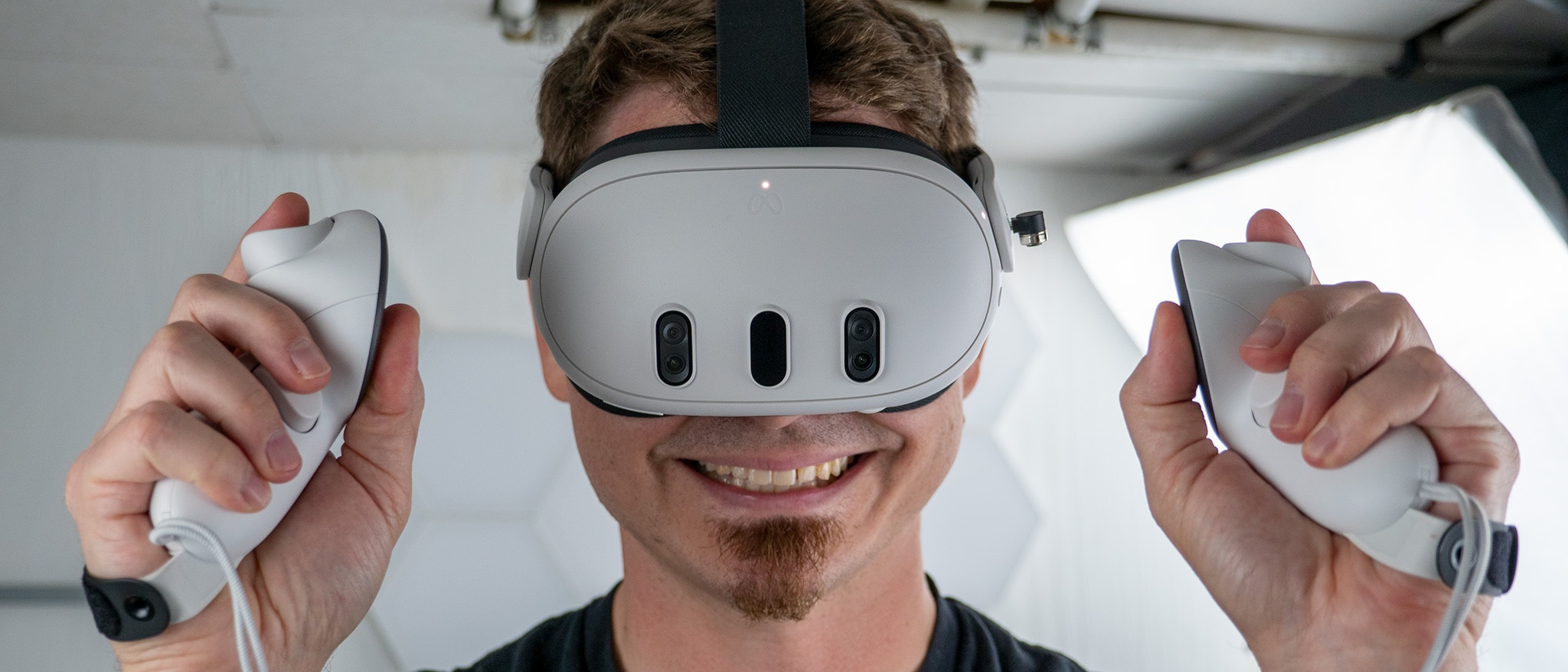
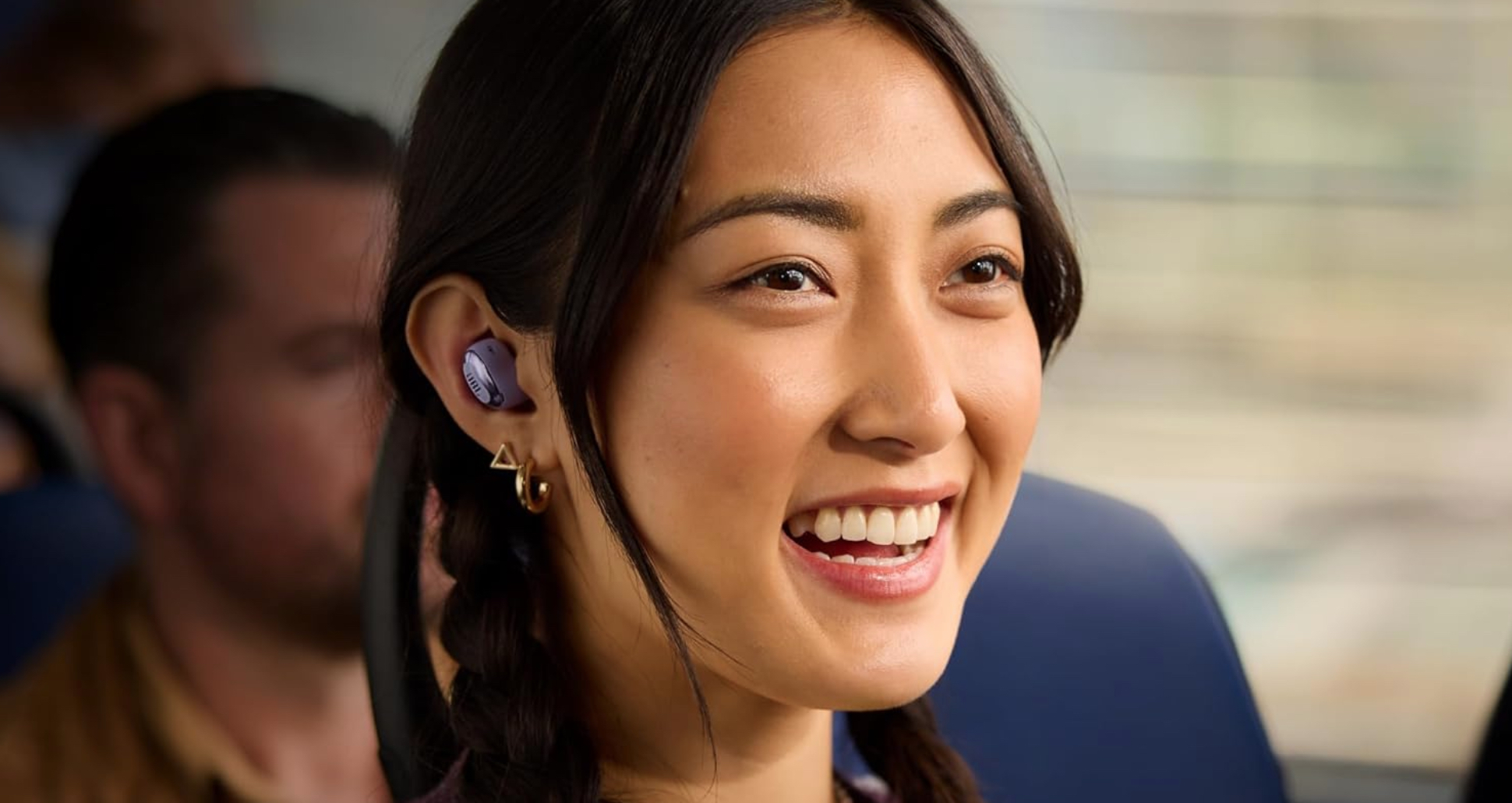

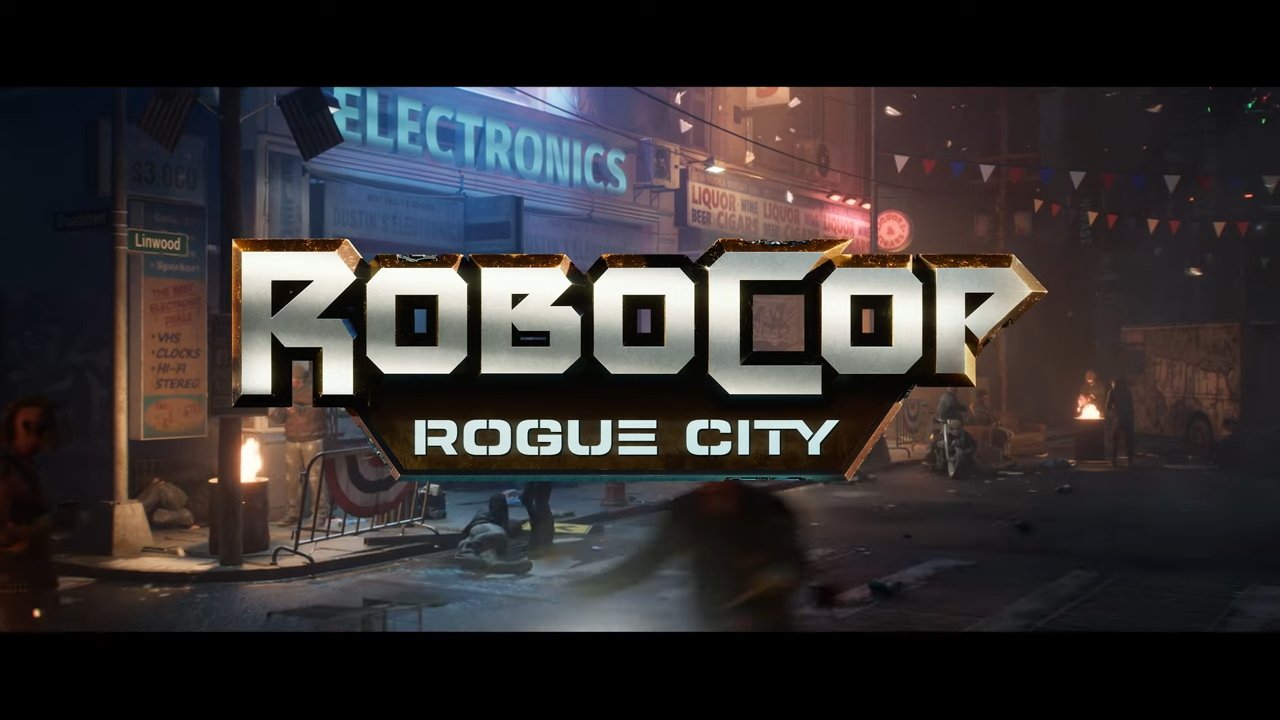


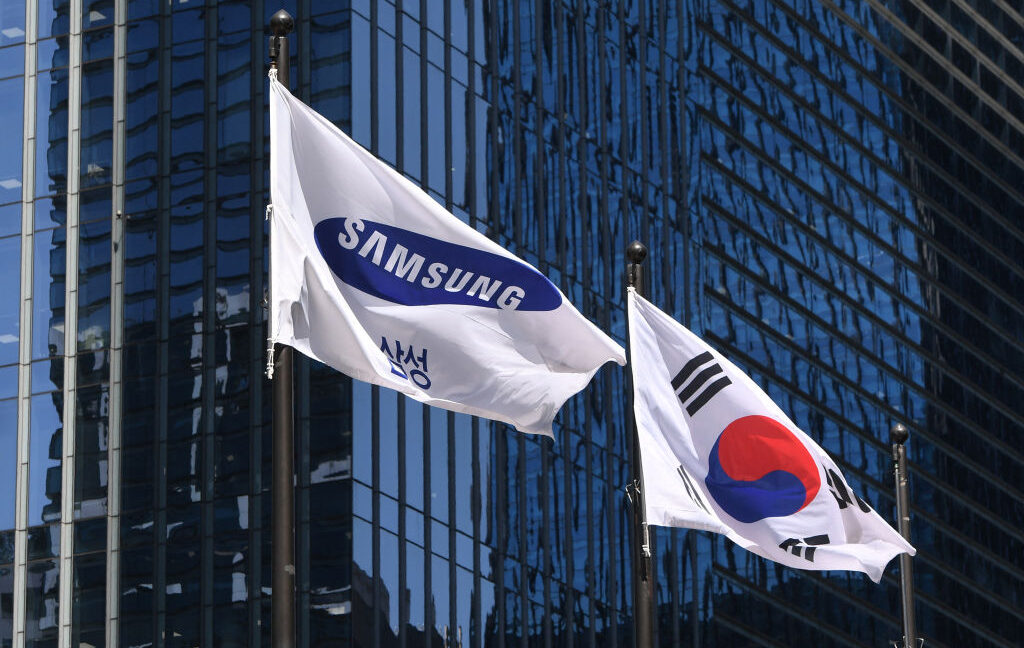
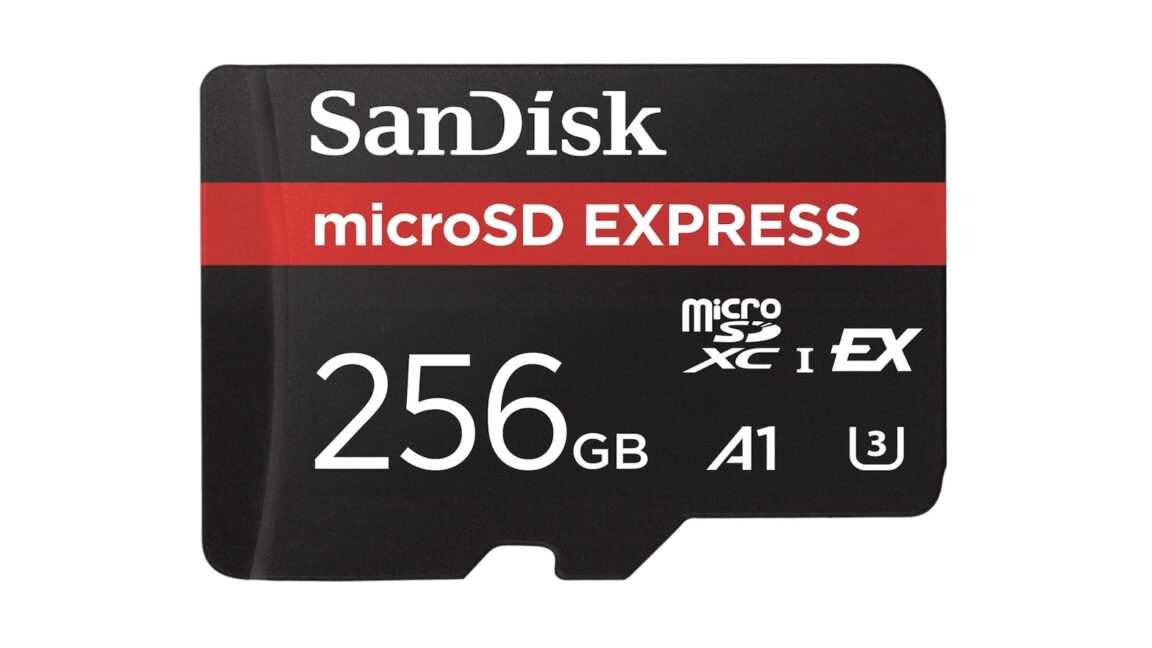
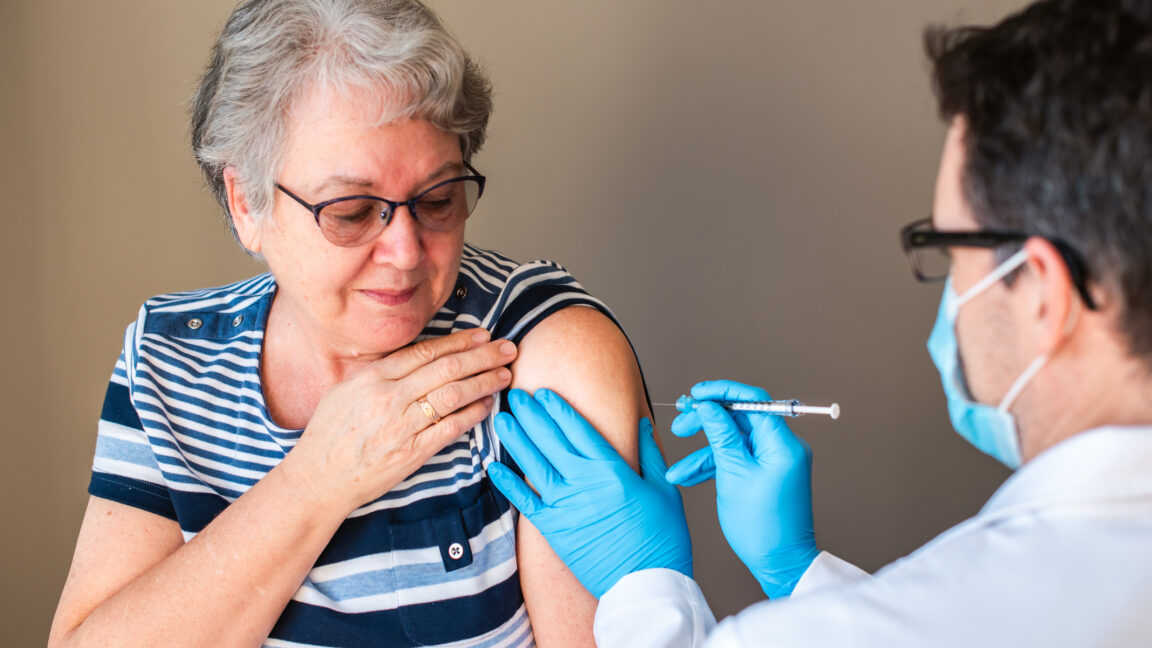
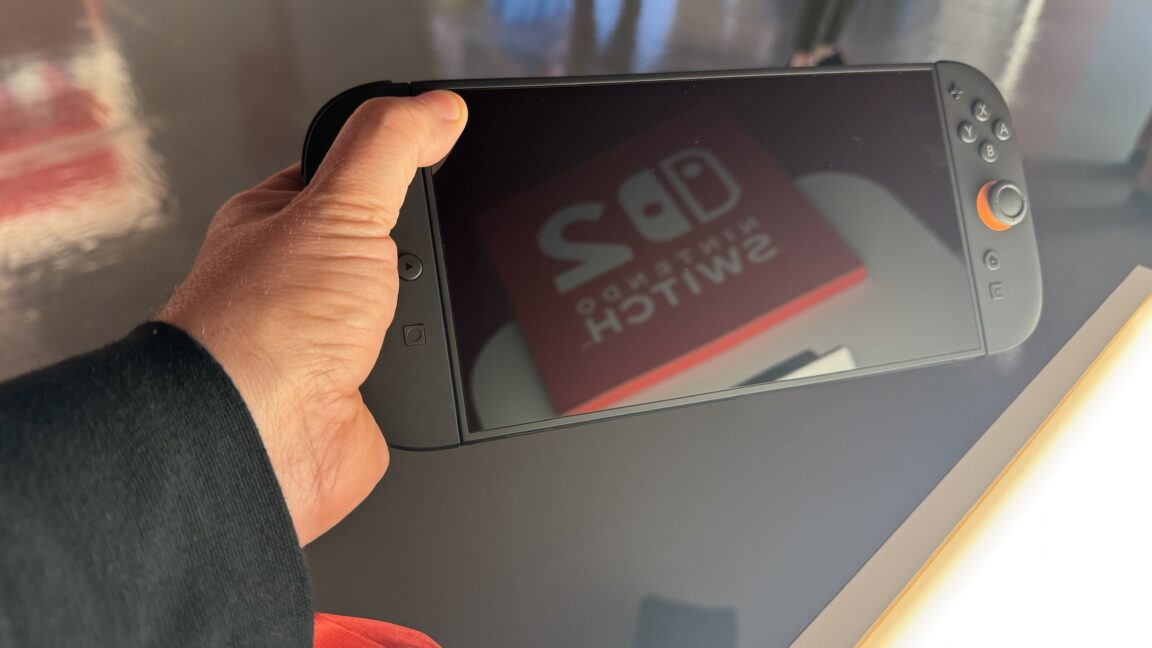


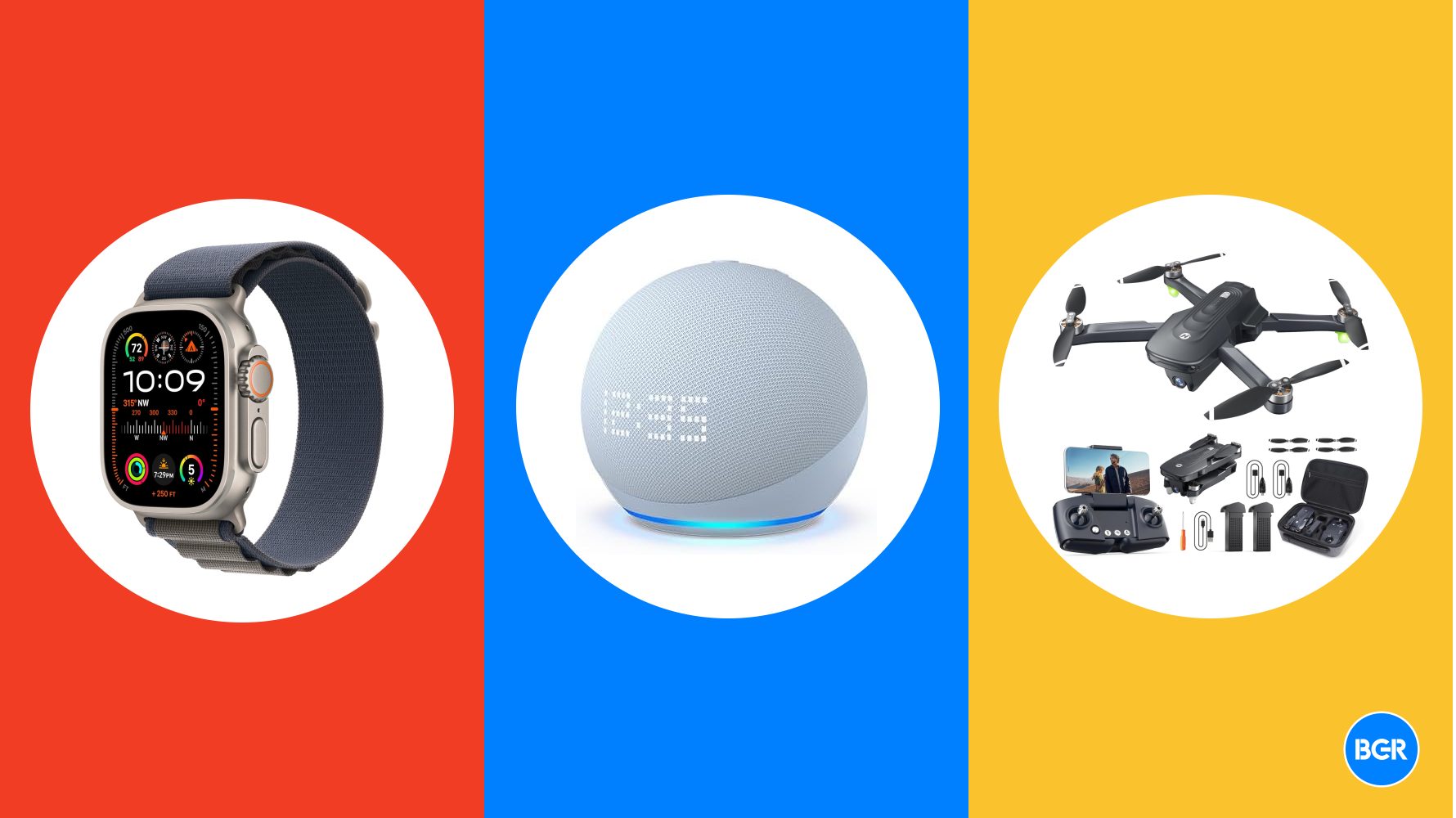




















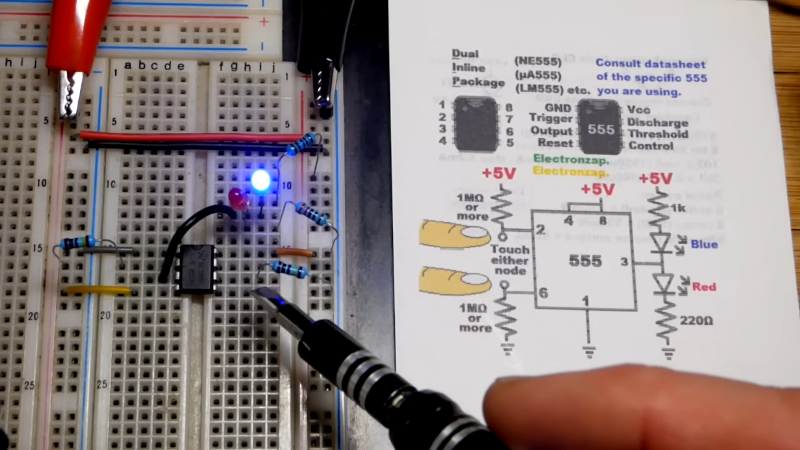












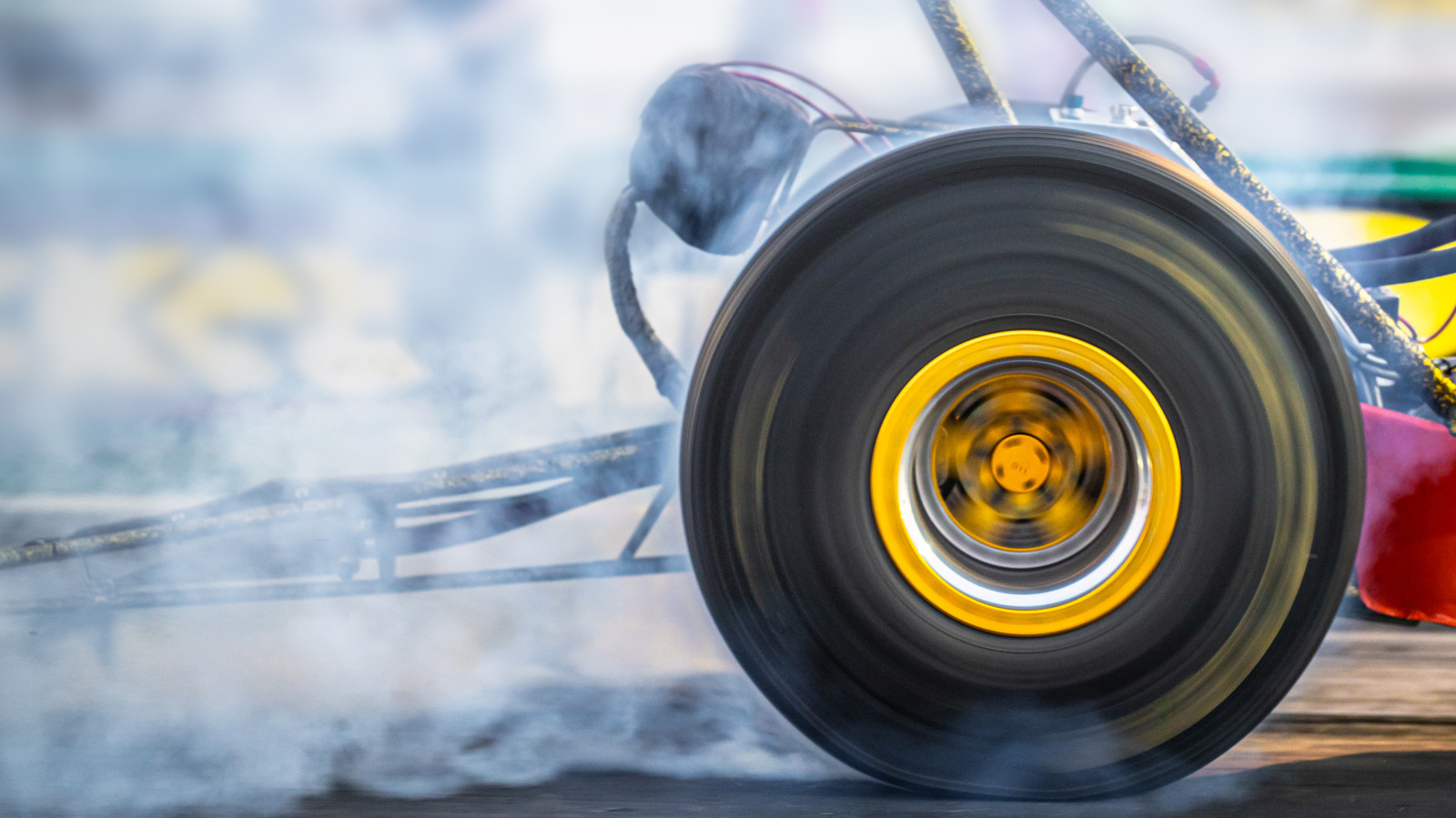
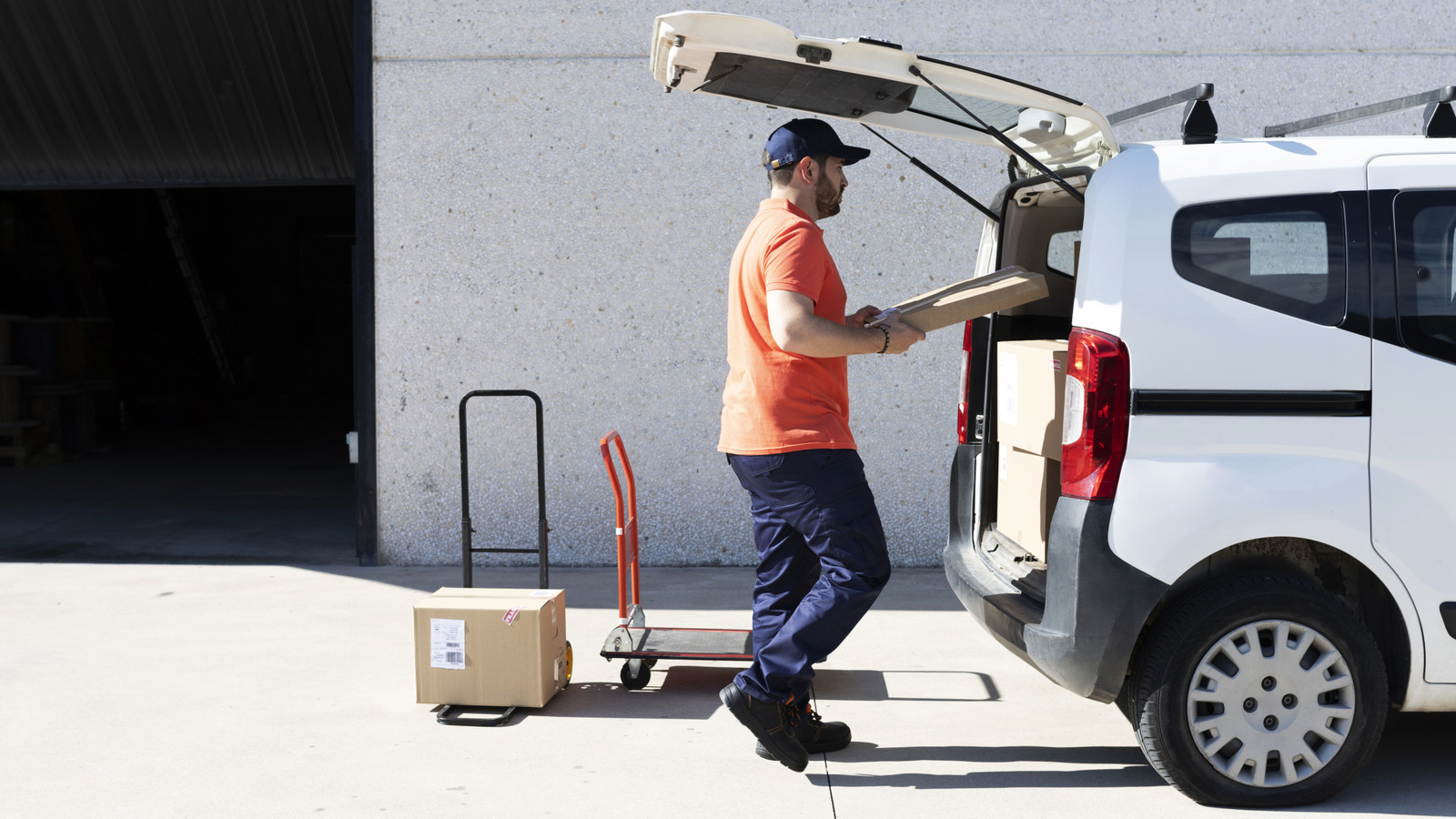



































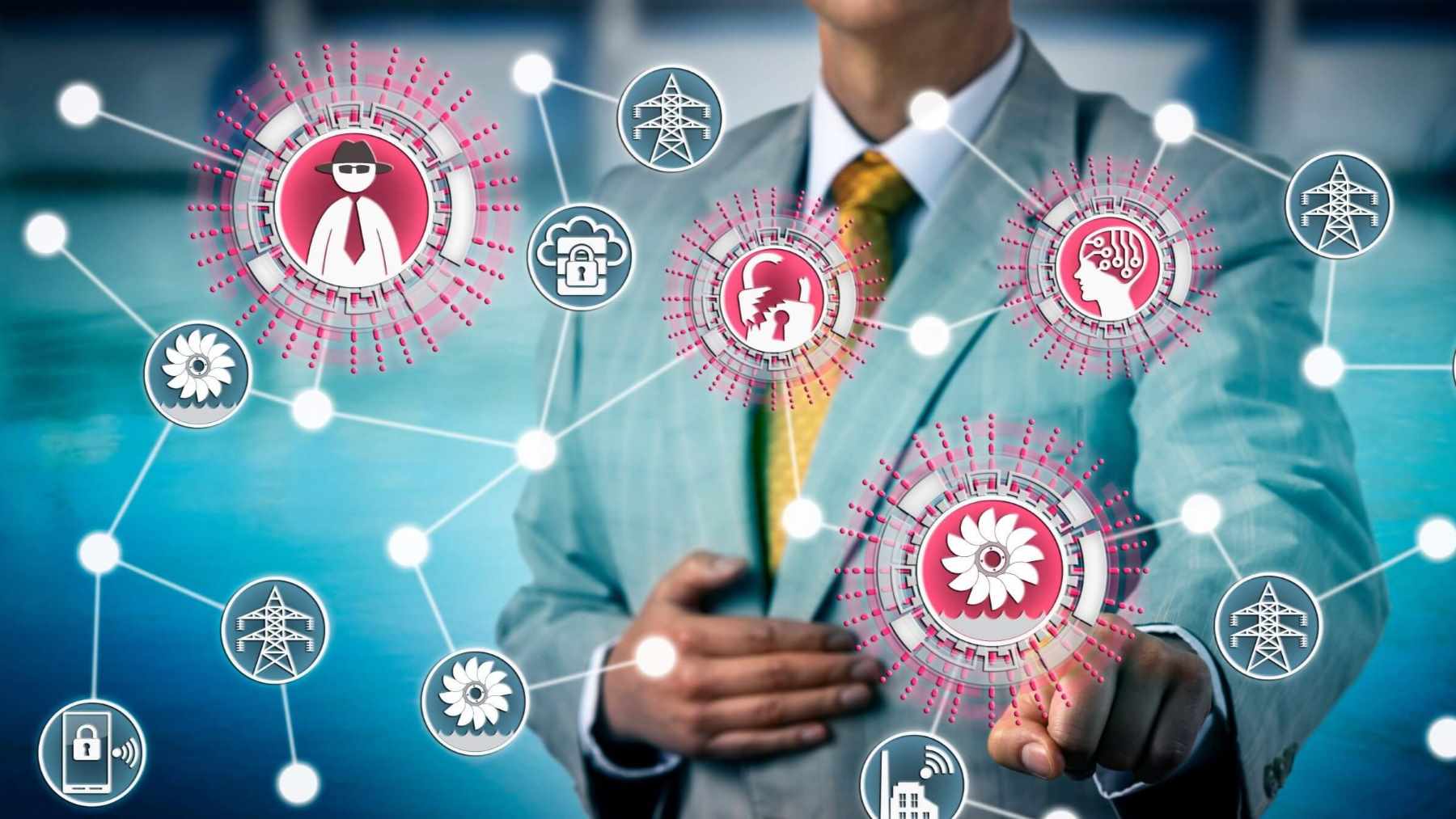












































































![[The AI Show Episode 142]: ChatGPT’s New Image Generator, Studio Ghibli Craze and Backlash, Gemini 2.5, OpenAI Academy, 4o Updates, Vibe Marketing & xAI Acquires X](https://www.marketingaiinstitute.com/hubfs/ep%20142%20cover.png)















































































































![Is this a suitable approach to architect a flutter app? [closed]](https://i.sstatic.net/4hMHGb1L.png)
















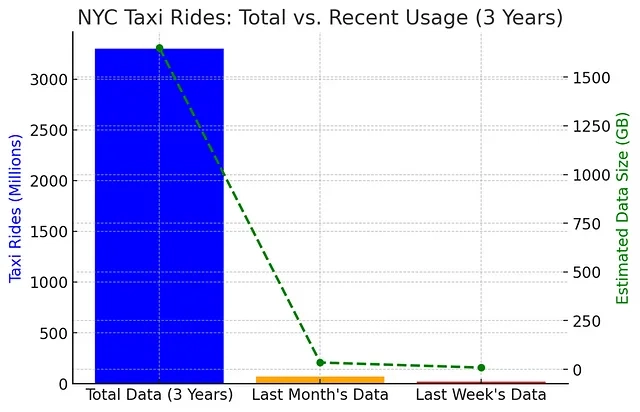
![Clojure Is Awesome!!! [PART 19]](https://media2.dev.to/dynamic/image/width%3D1000,height%3D500,fit%3Dcover,gravity%3Dauto,format%3Dauto/https:%2F%2Fdev-to-uploads.s3.amazonaws.com%2Fuploads%2Farticles%2Fh1hgr4ezmrsop5qmdvwc.jpg)
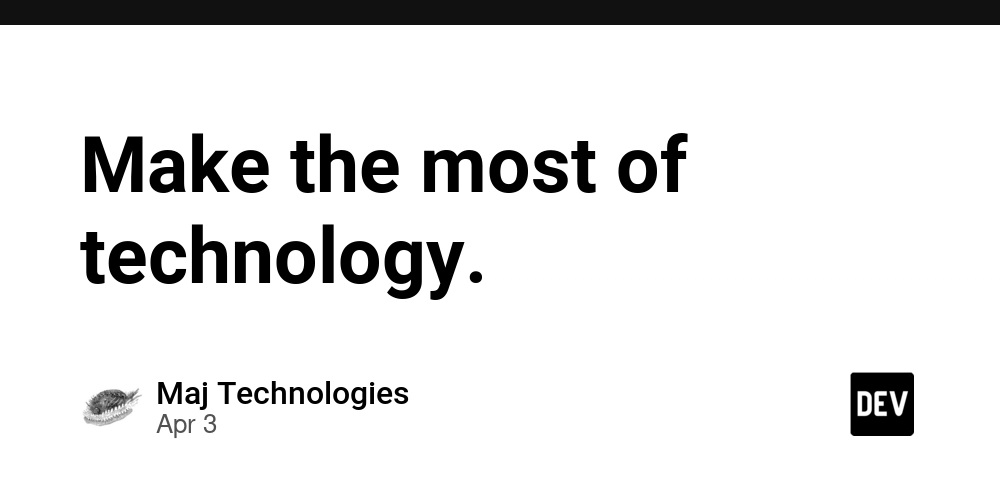
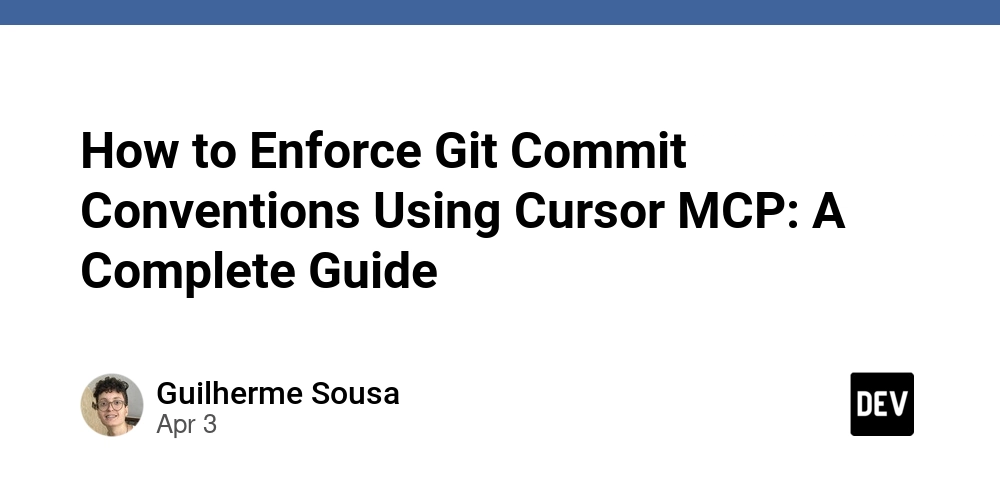



![[DEALS] Microsoft Office Professional 2021 for Windows: Lifetime License (75% off) & Other Deals Up To 98% Off – Offers End Soon!](https://www.javacodegeeks.com/wp-content/uploads/2012/12/jcg-logo.jpg)



















